
How to read Mexican Gothic
Moderated by Margie Filpo
Plot Summary
At the request of her father, Noemí Taboada travels to High Place, the remote country estate of the Doyle family. Her mission is to help her cousin, Catalina, who has written a frantic letter claiming she needs to escape from her in-laws and their haunted house.
A Strange Family and Dark Secrets
Upon her arrival, Noemí is met with a cold reception. Florence Doyle, the patriarch’s niece, is distant, and the aging patriarch, Howard Doyle, makes racist comments and creepy advances. Noemí clashes with Catalina’s husband, Virgil, but finds a surprising ally in his gentle cousin, Francis. Over the next week, Noemí learns the tragic history of the Doyles, a family ruined by floods, a mysterious illness, and the Mexican Revolution. She is also warned by a local healer, Marta Duval, that the Doyles and their home are spiritually corrupt and haunted by a supernatural evil. Noemí’s reality begins to blur as she experiences bizarre dreams and hallucinations, including sleepwalking.
A Horrifying Revelation
Noemí’s attempts to help Catalina, who has become a shell of her former self, fail, and she decides to leave High Place to get her father’s help. However, she is trapped. On her last night, the family reveals the horrifying truth: Howard is an ancient creature who has existed for 300 years by transmigrating his consciousness into the bodies of his male descendants. The Doyles’ practice of incestuous marriage is a means to maintain their blood purity and ensure the transmigration continues. The gloom, a powerful entity created from a golden mushroom, allows Howard to control anyone who enters the house and holds all the family’s memories.
The Final Confrontation and Escape
The Doyles need Noemí and Catalina to reinvigorate their line, and Howard attempts to force Noemí to marry Francis. However, a power struggle ensues when Virgil, eager to take over the family, helps Noemí, Catalina, and Francis to kill Howard before his transmigration is complete. Noemí destroys the gloom and burns High Place to the ground. She rescues Catalina and Francis, and the novel ends with her decision to pursue a future with Francis, despite the dark consequences of their actions.
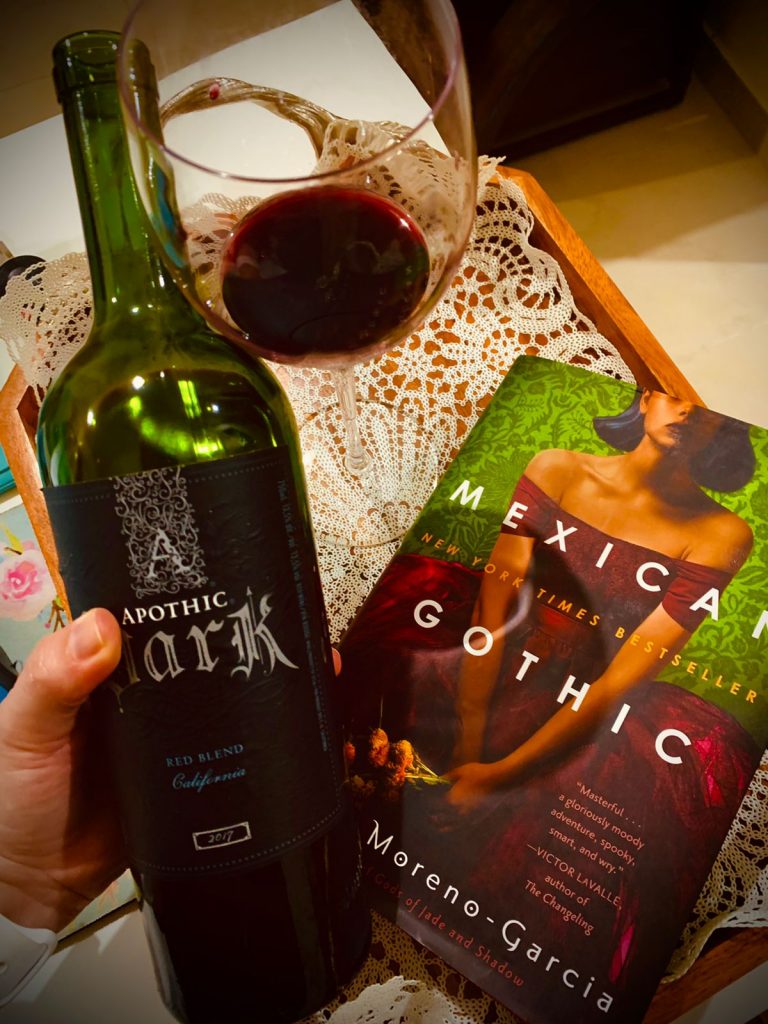
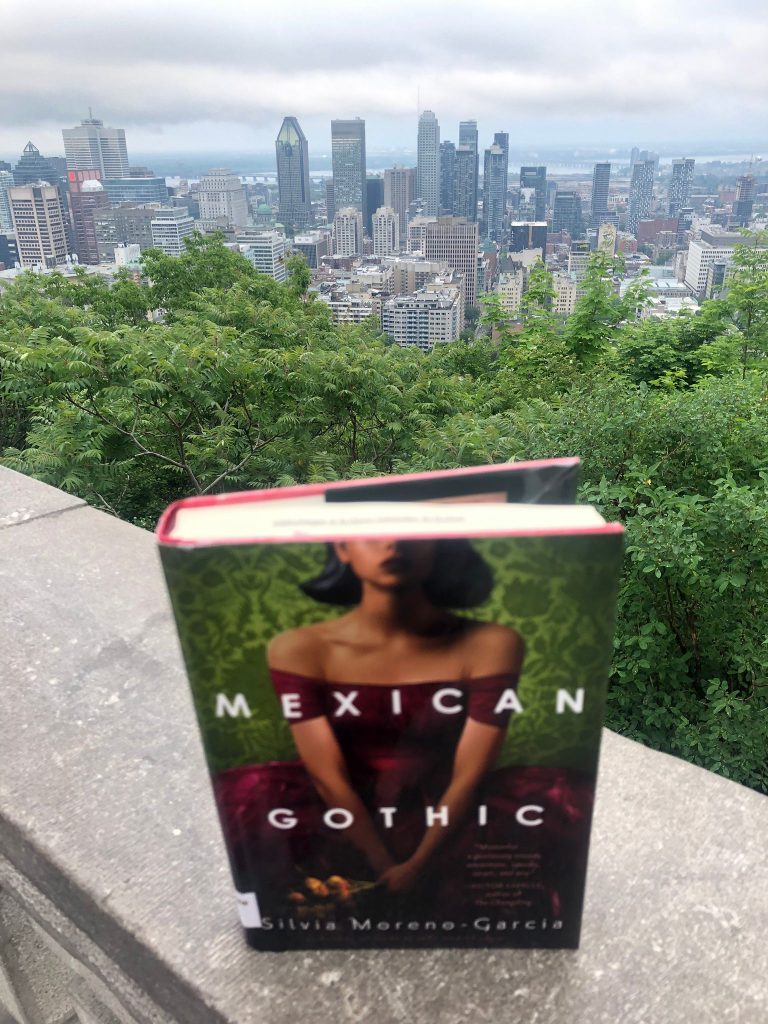
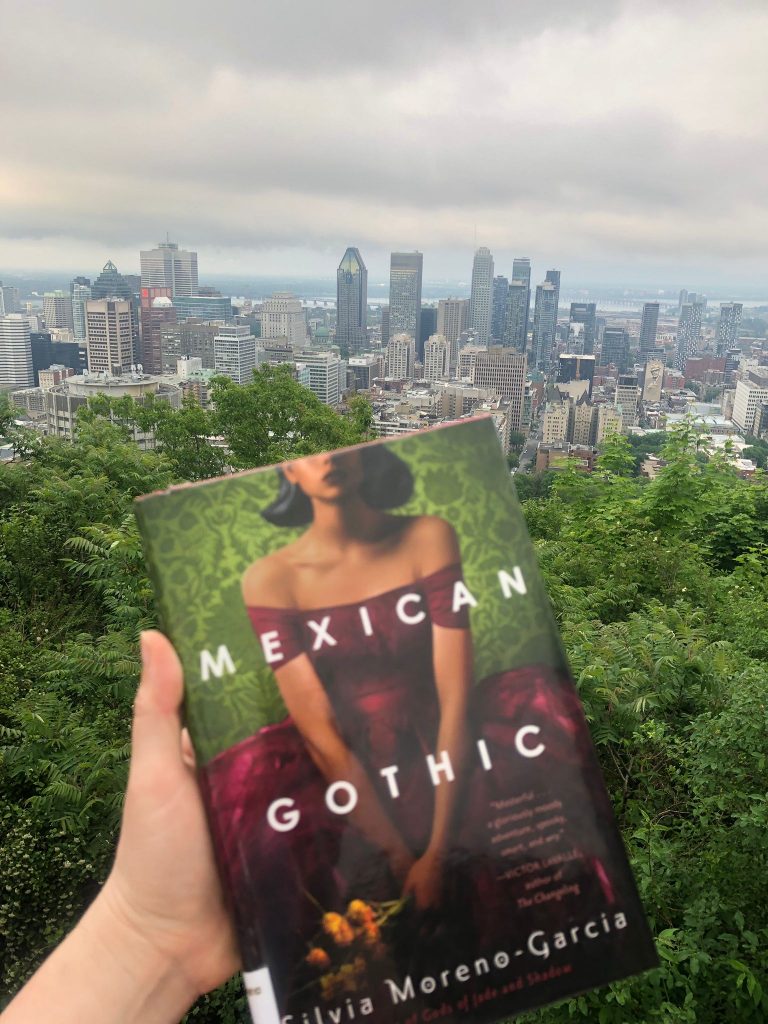

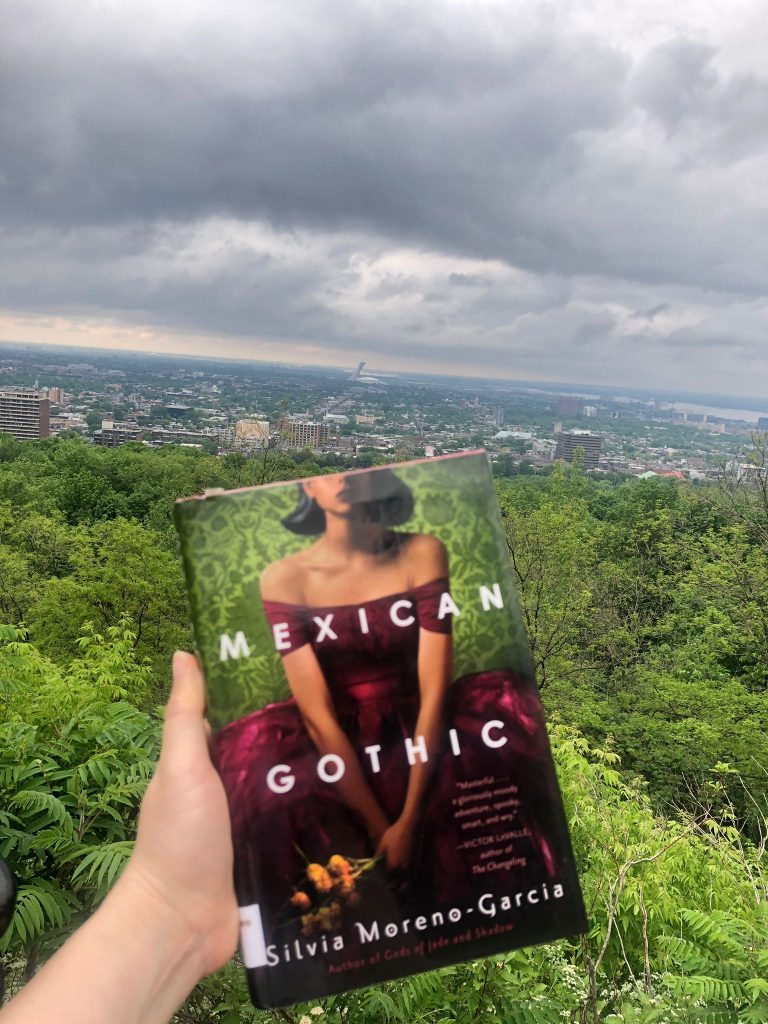
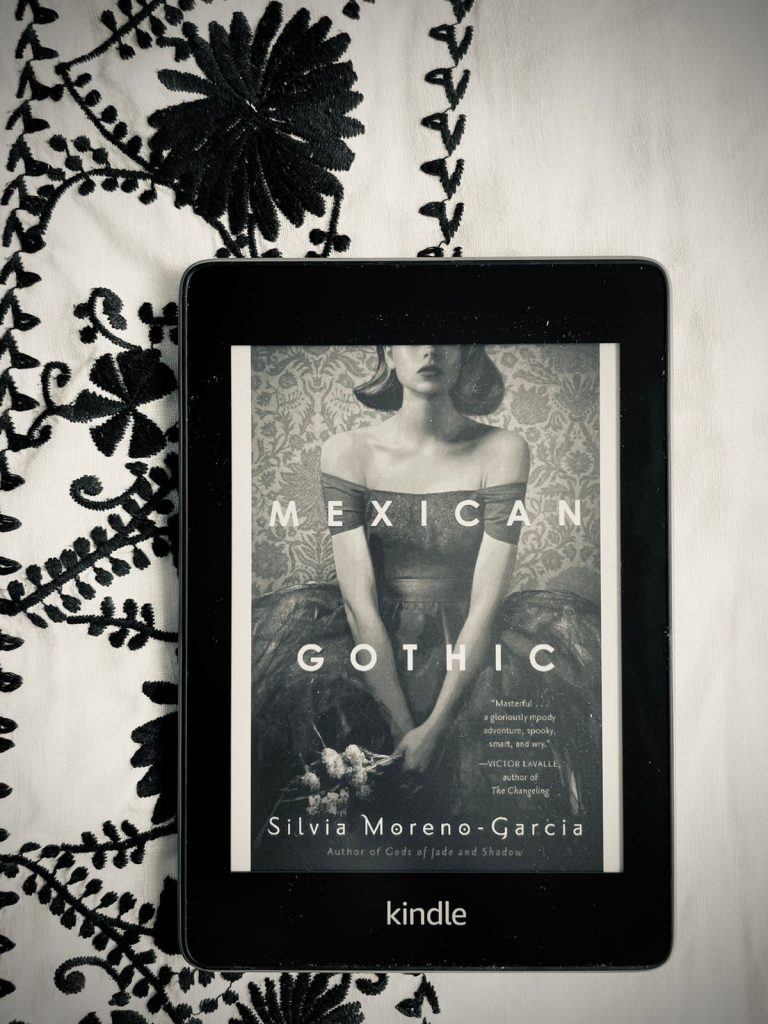
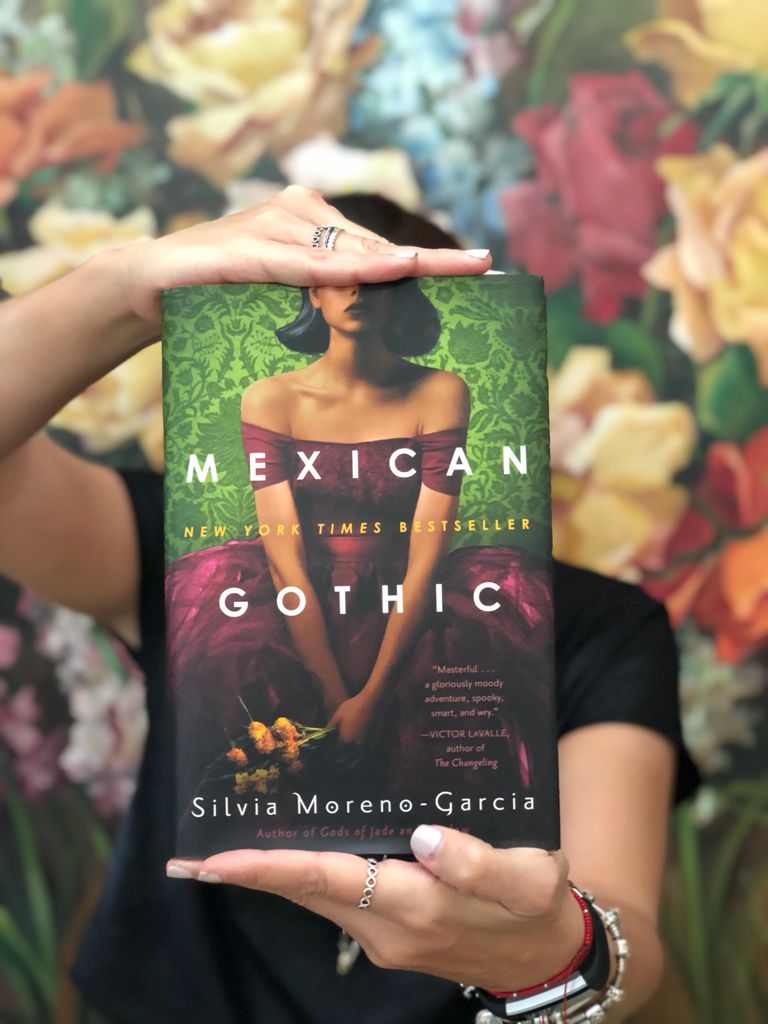
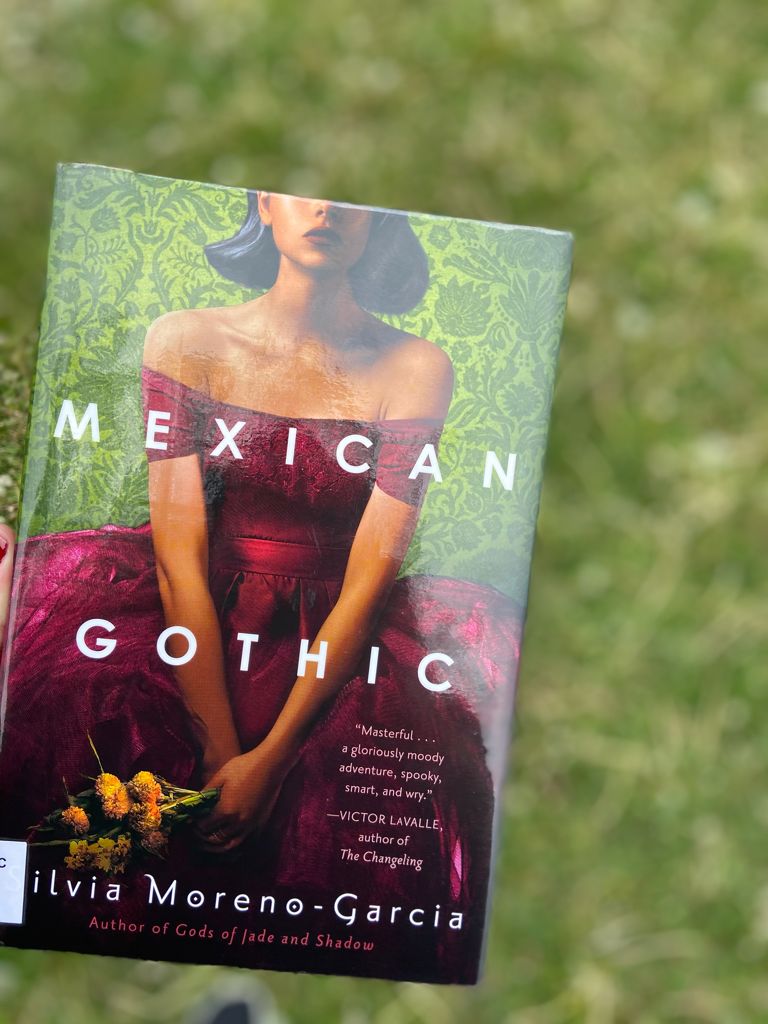
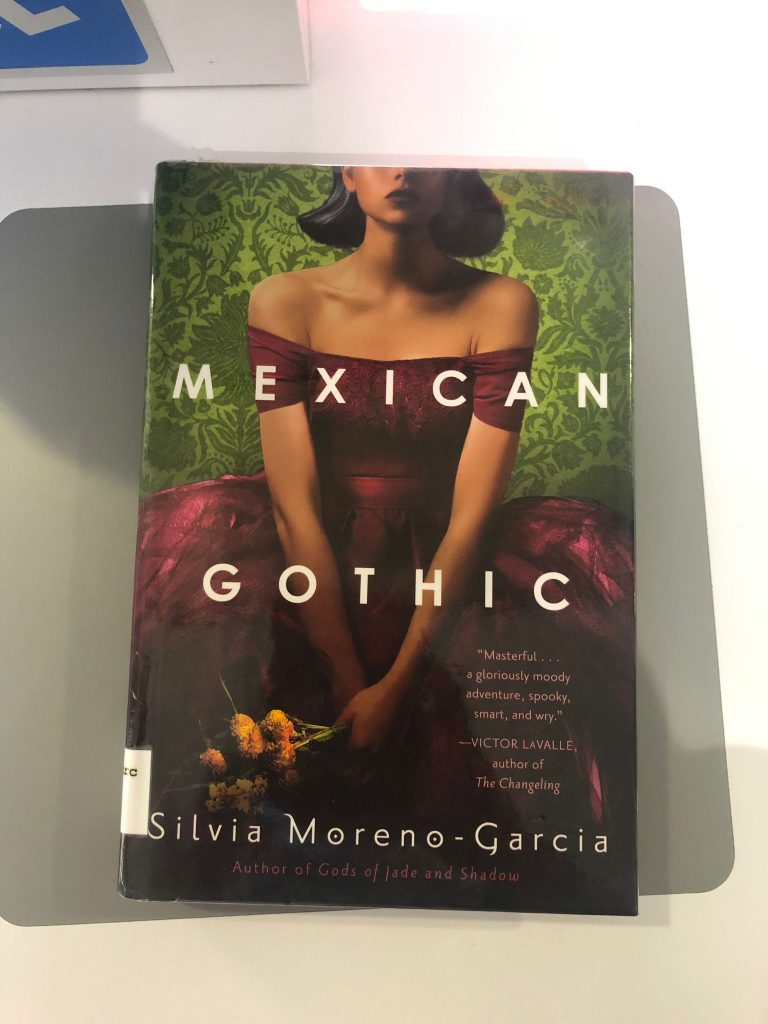
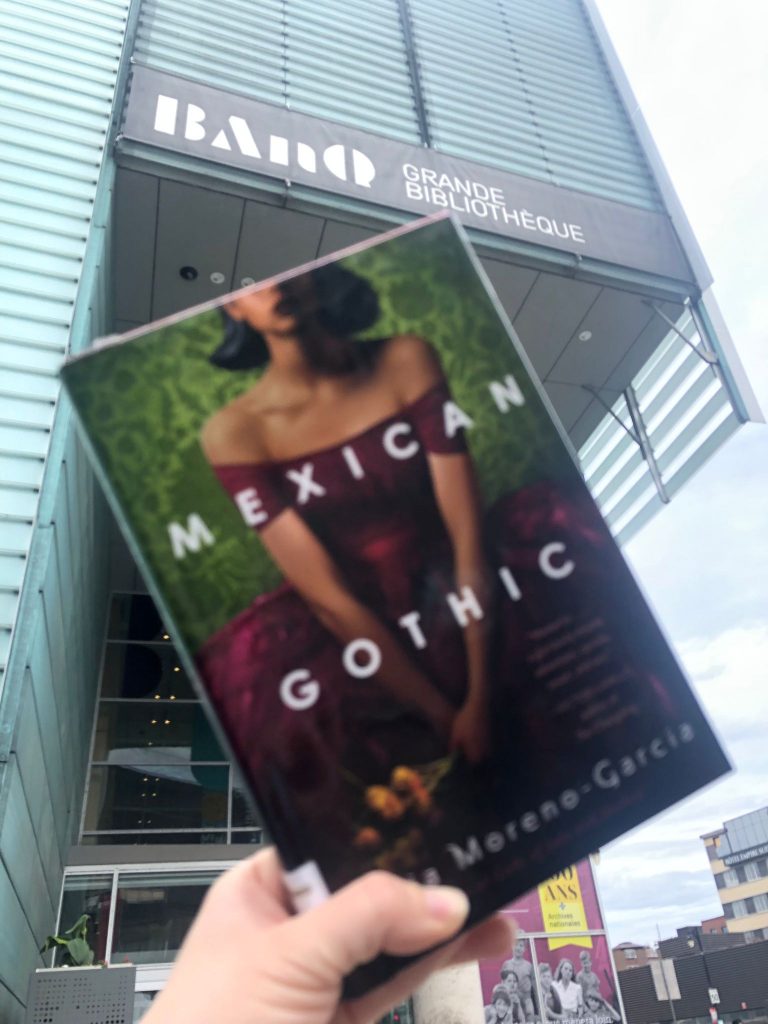
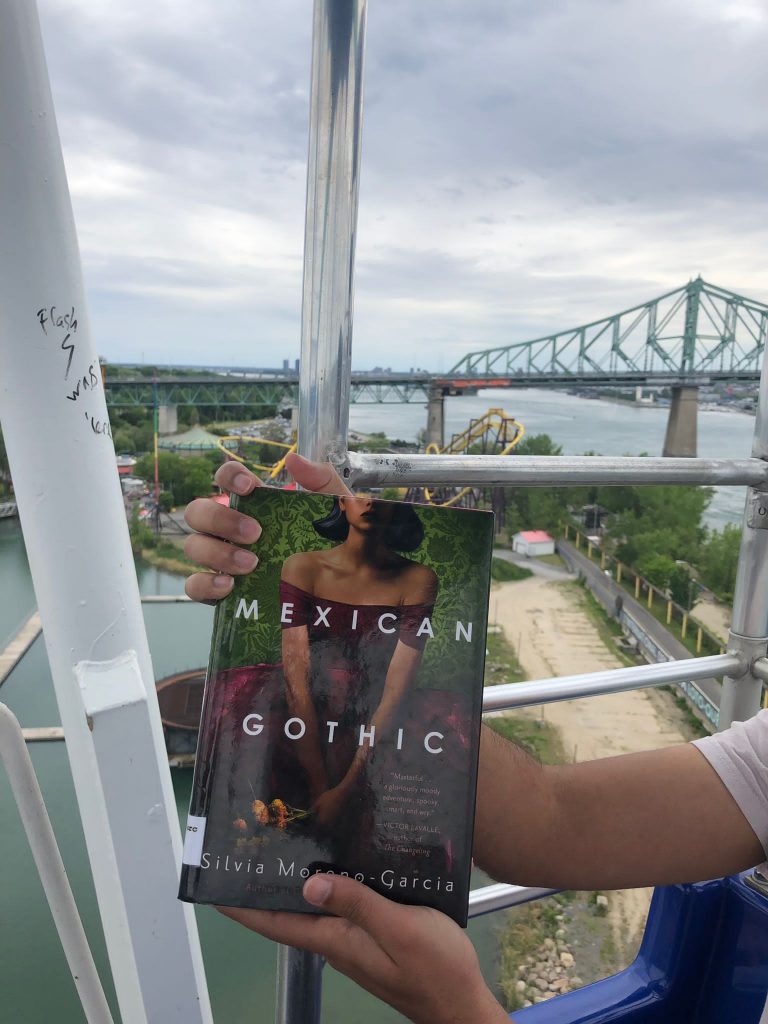
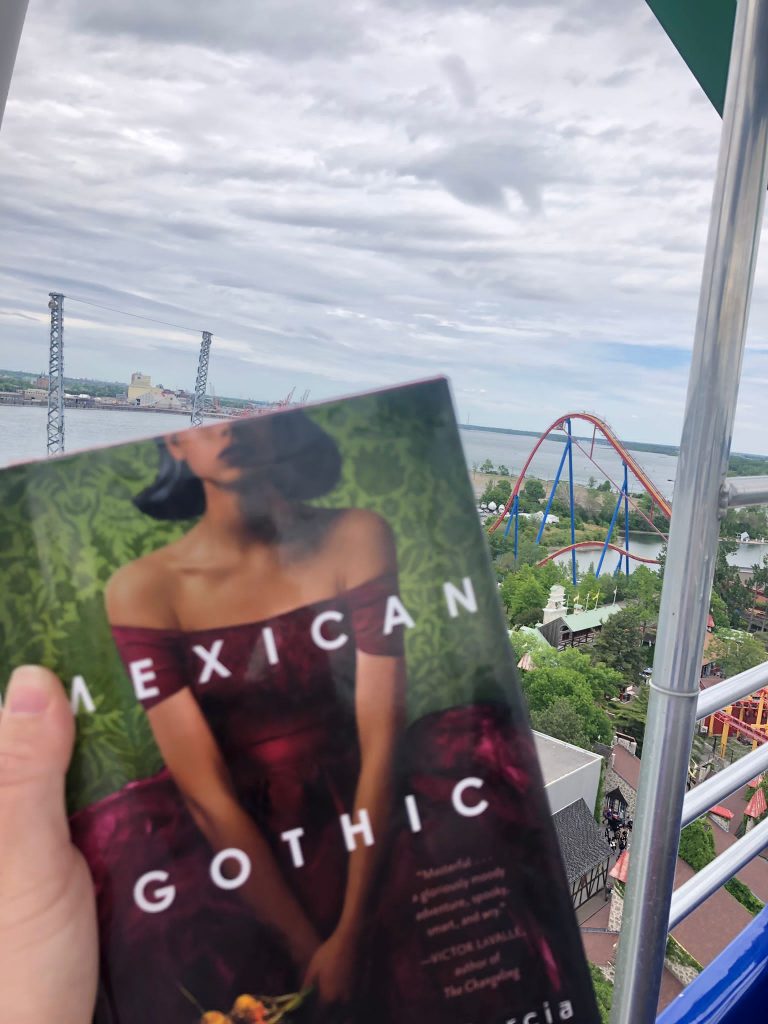
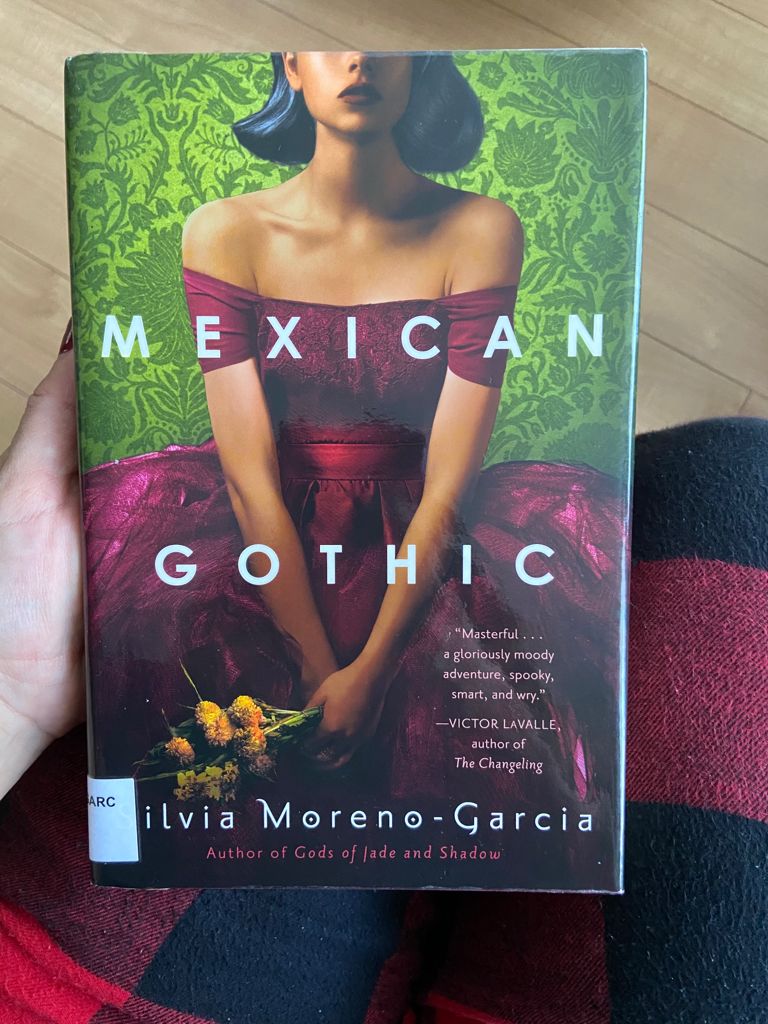
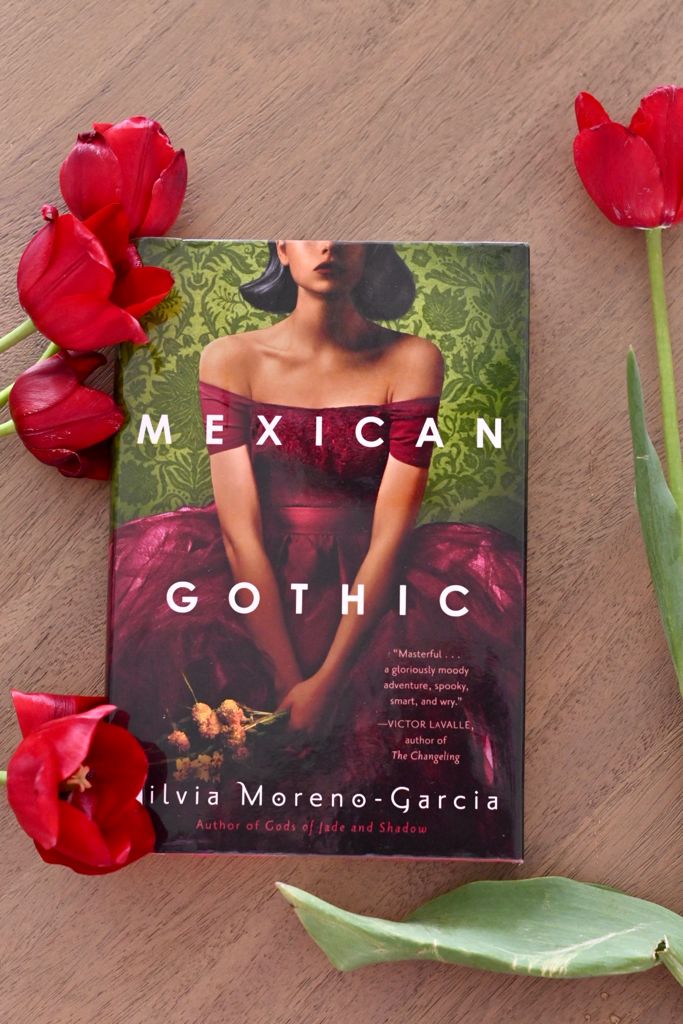
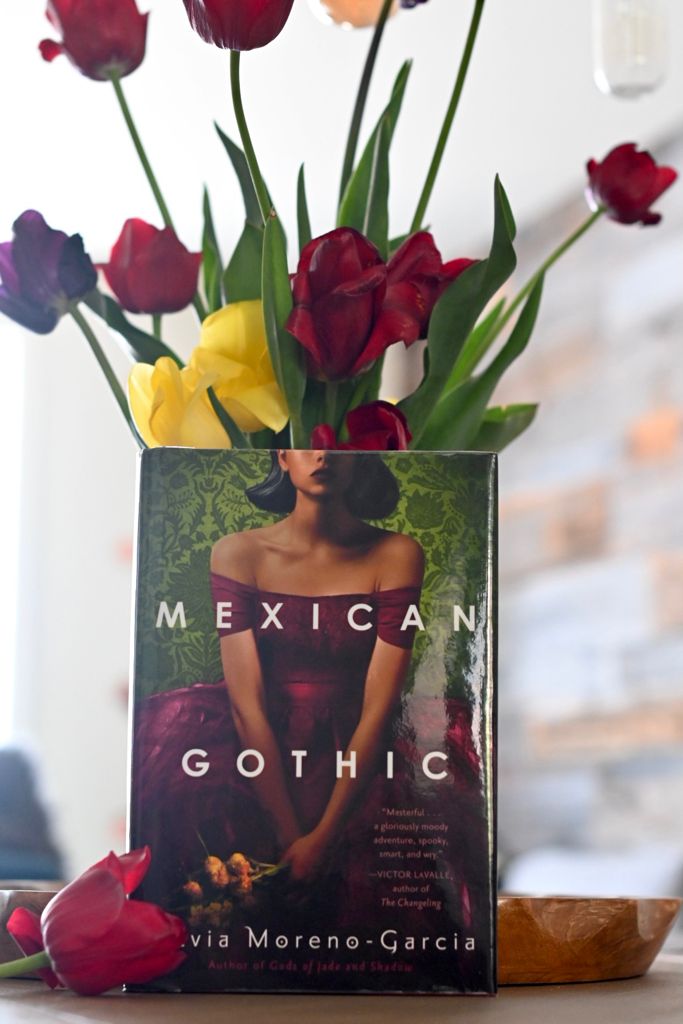
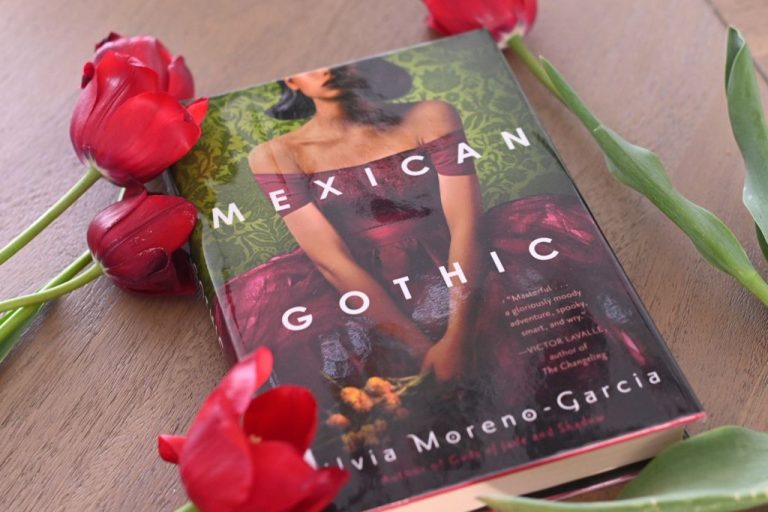
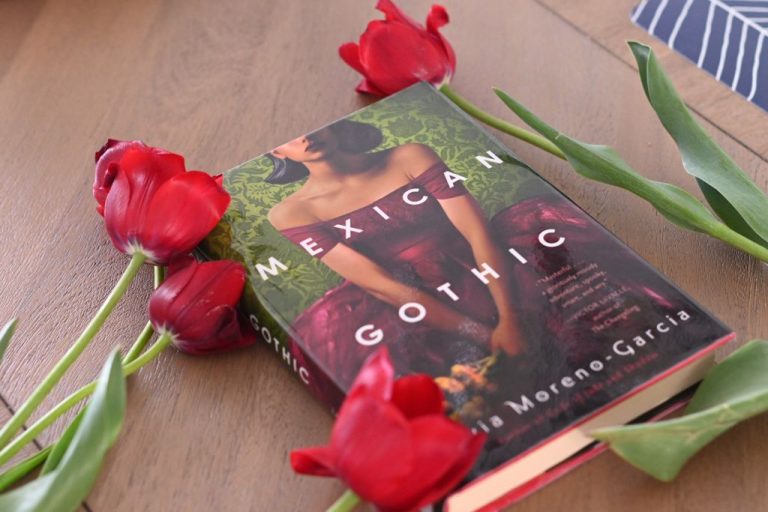
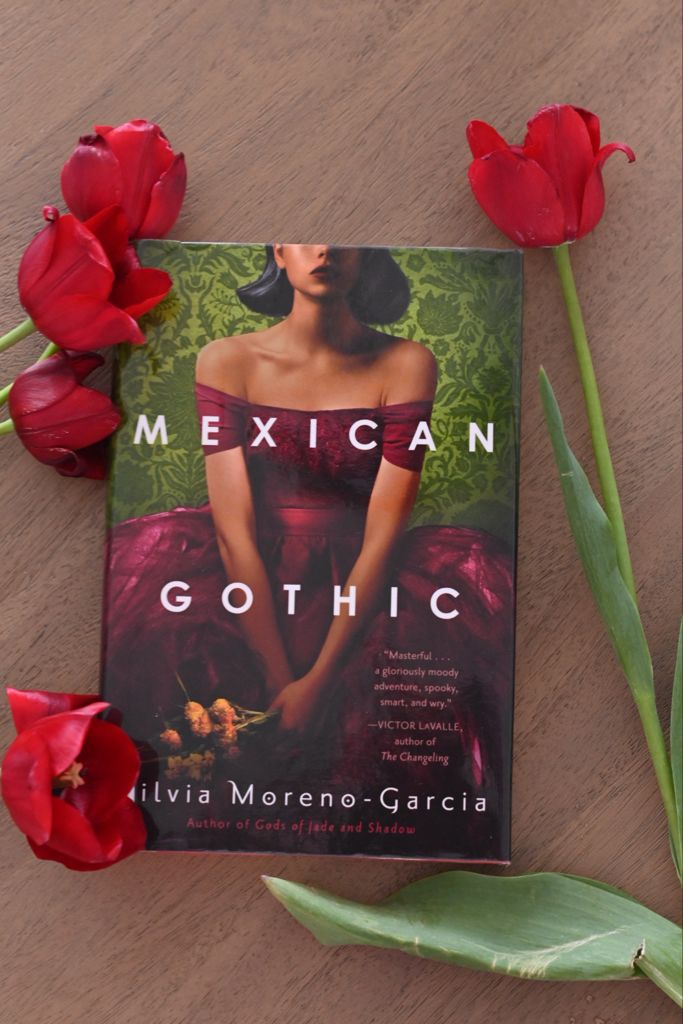
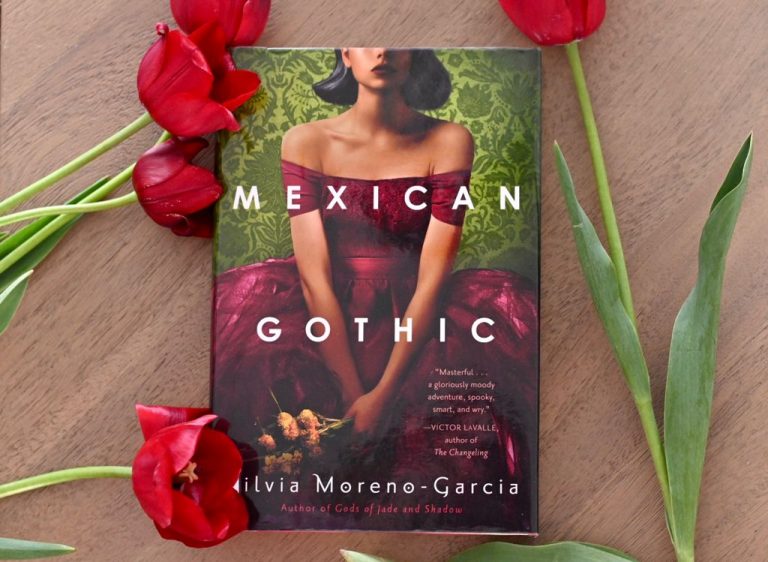
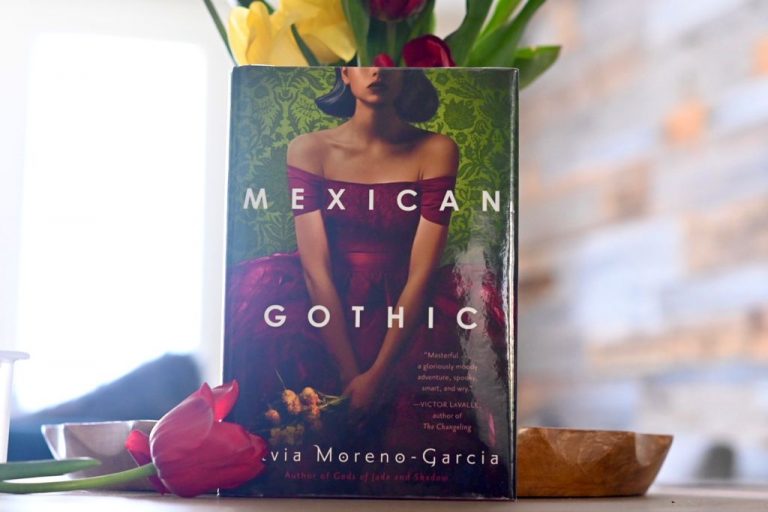
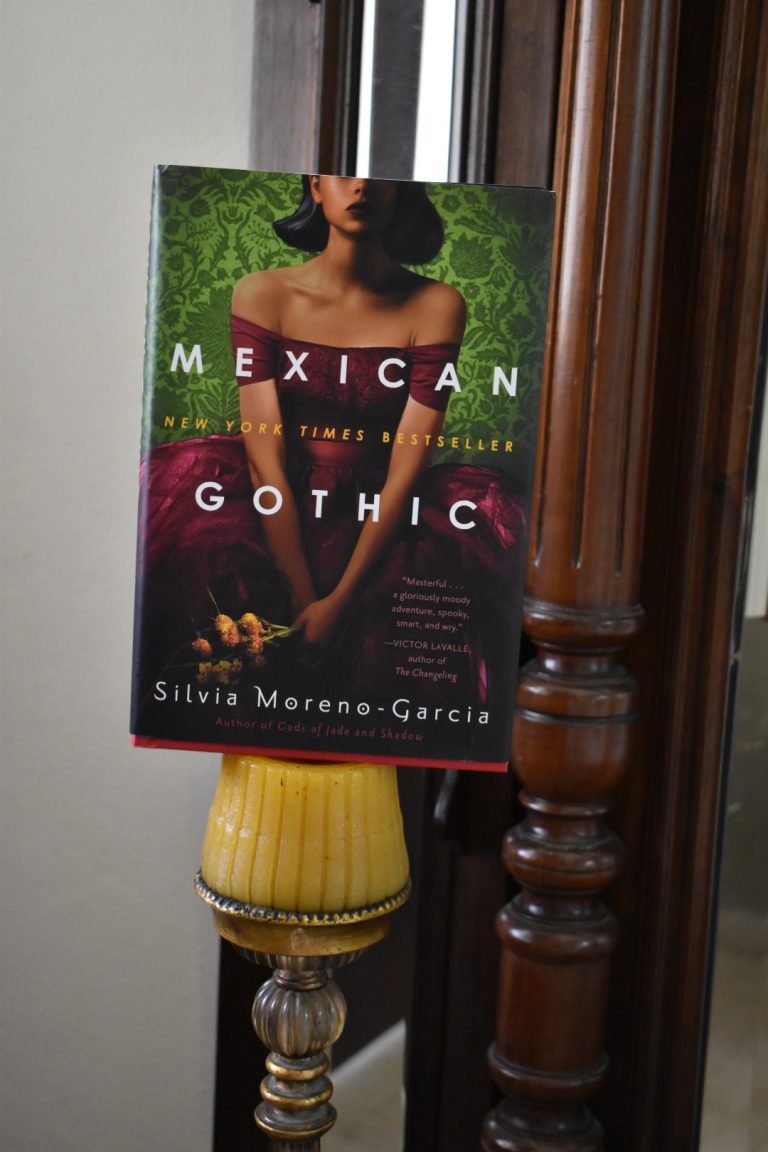
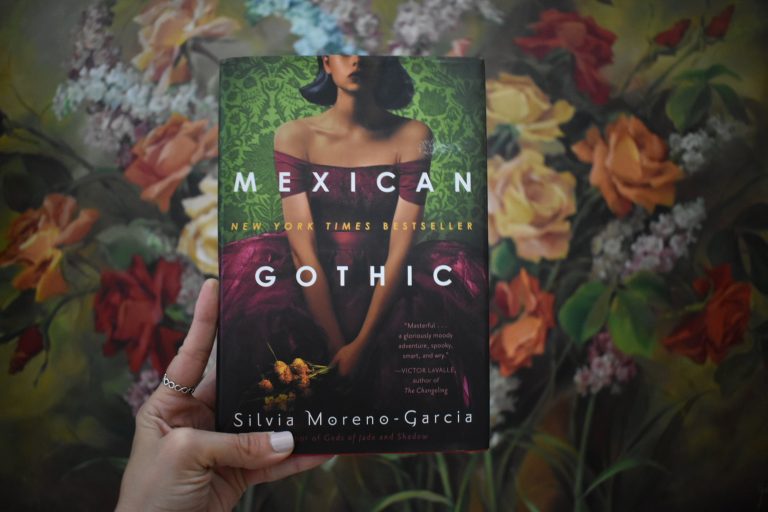
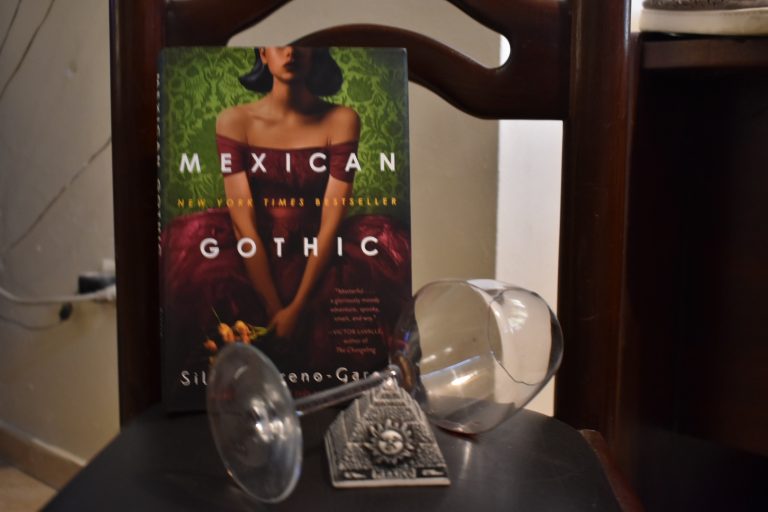
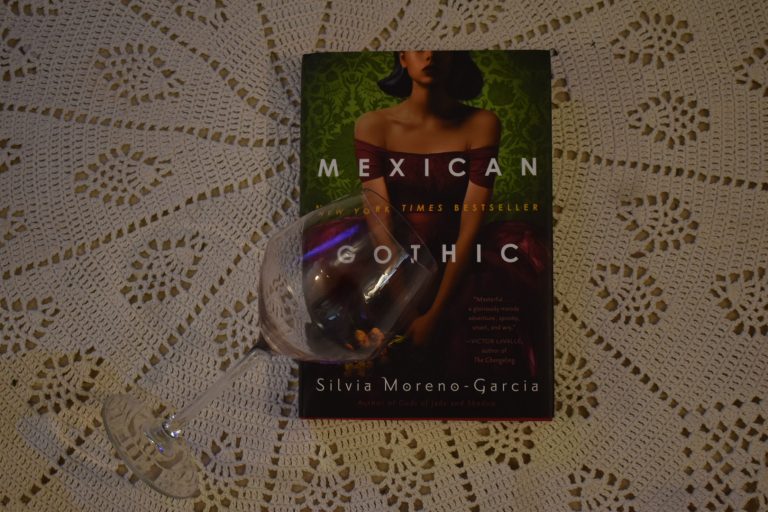
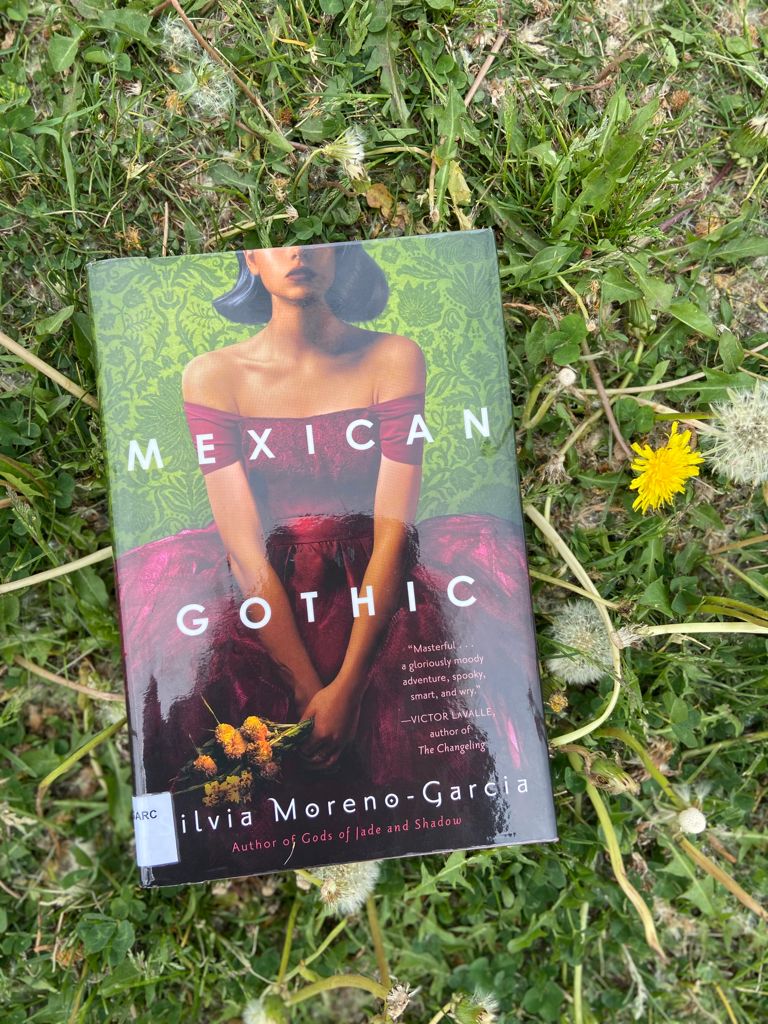
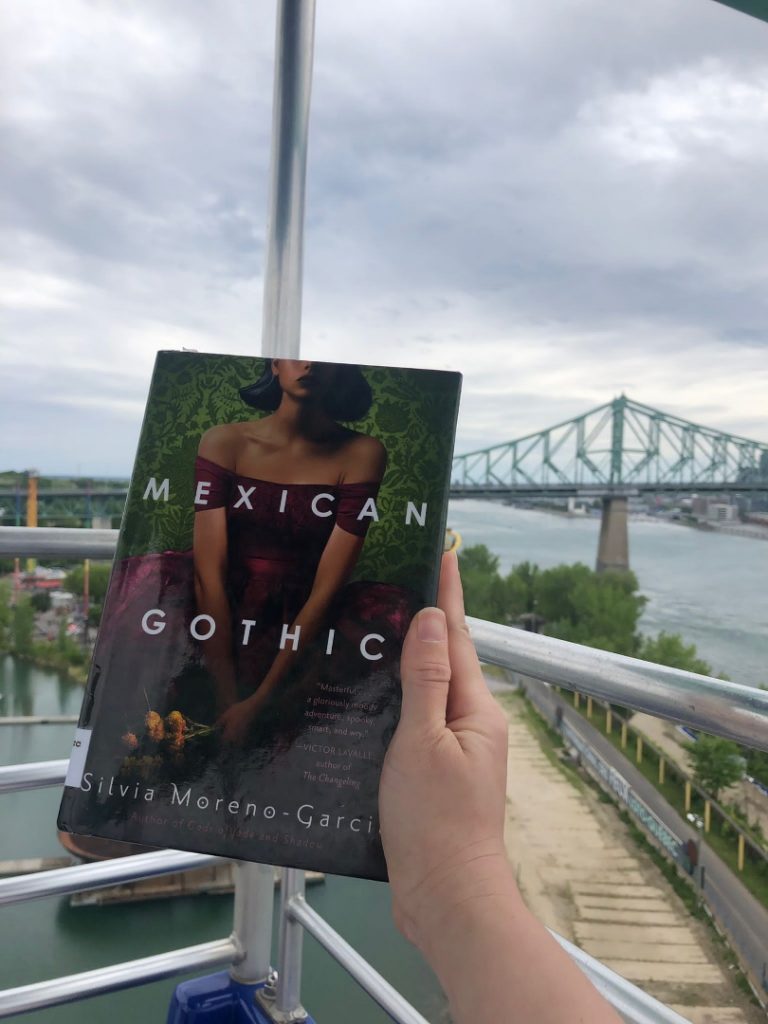
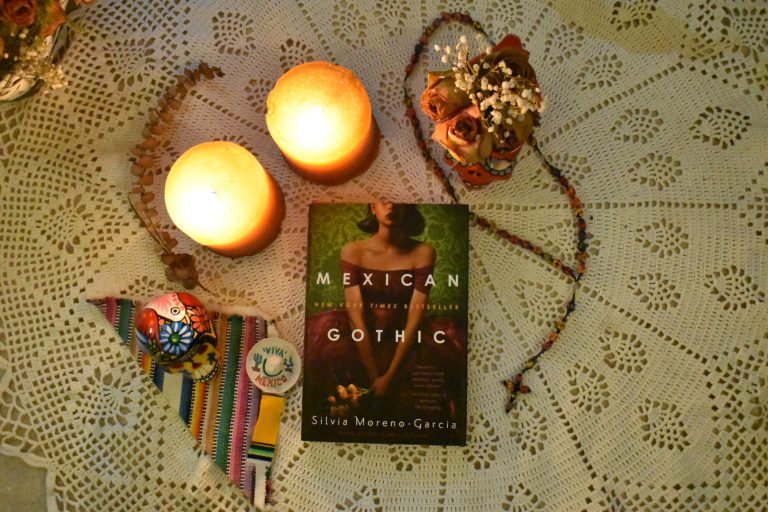
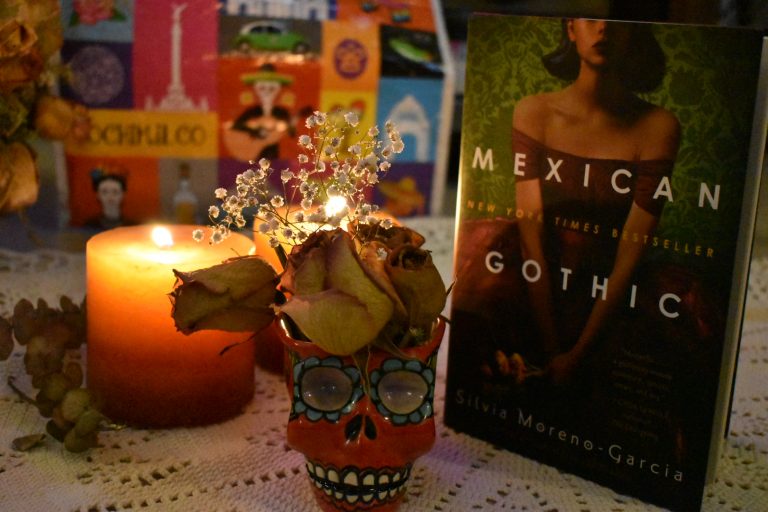
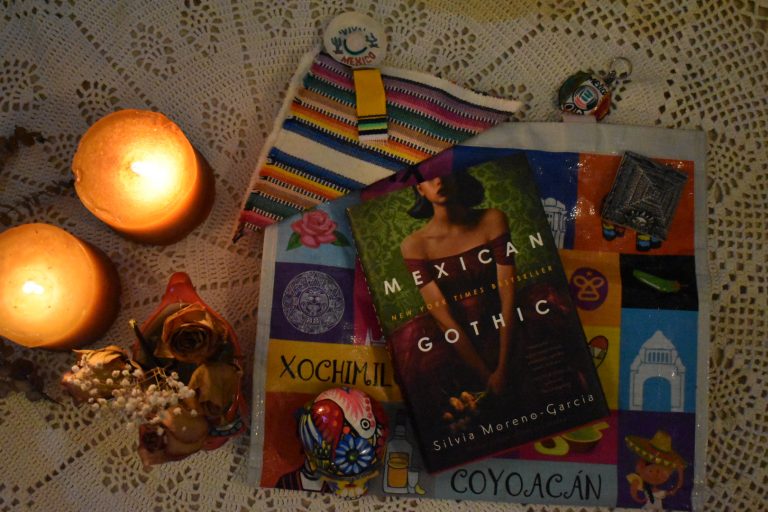
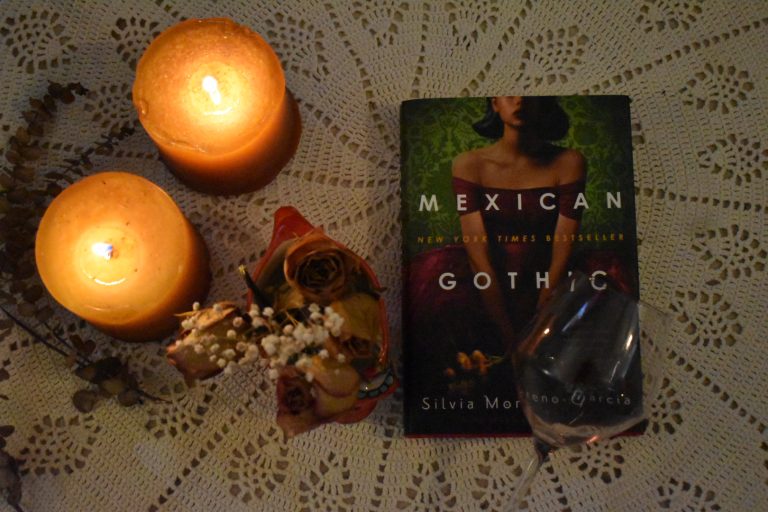
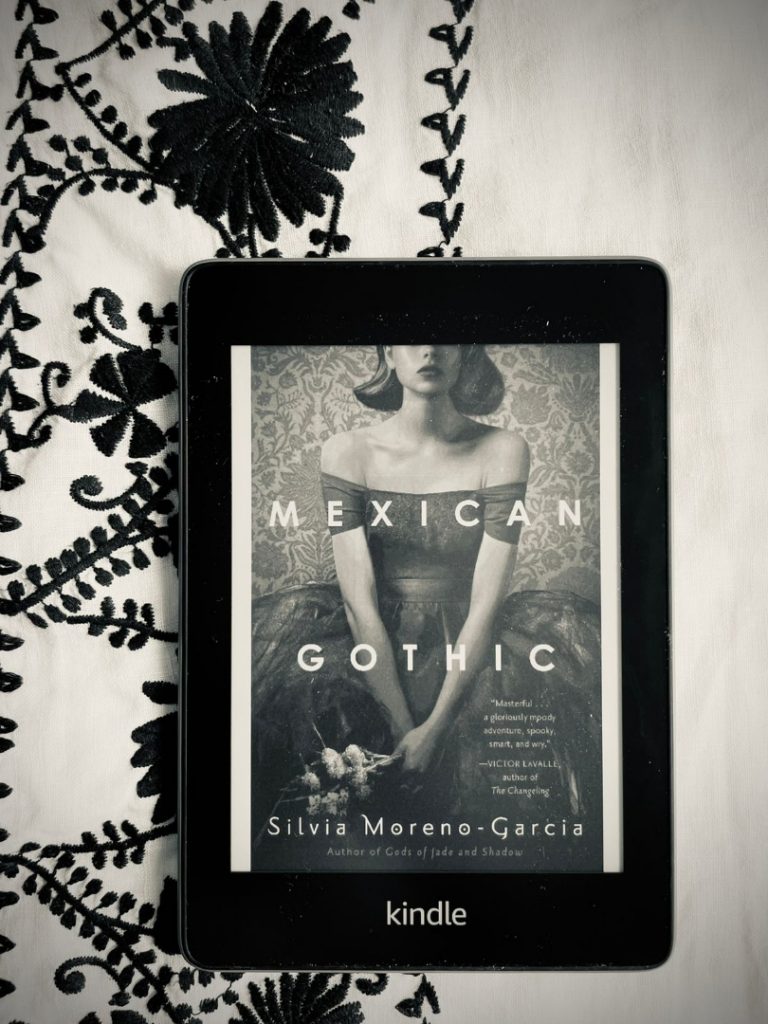
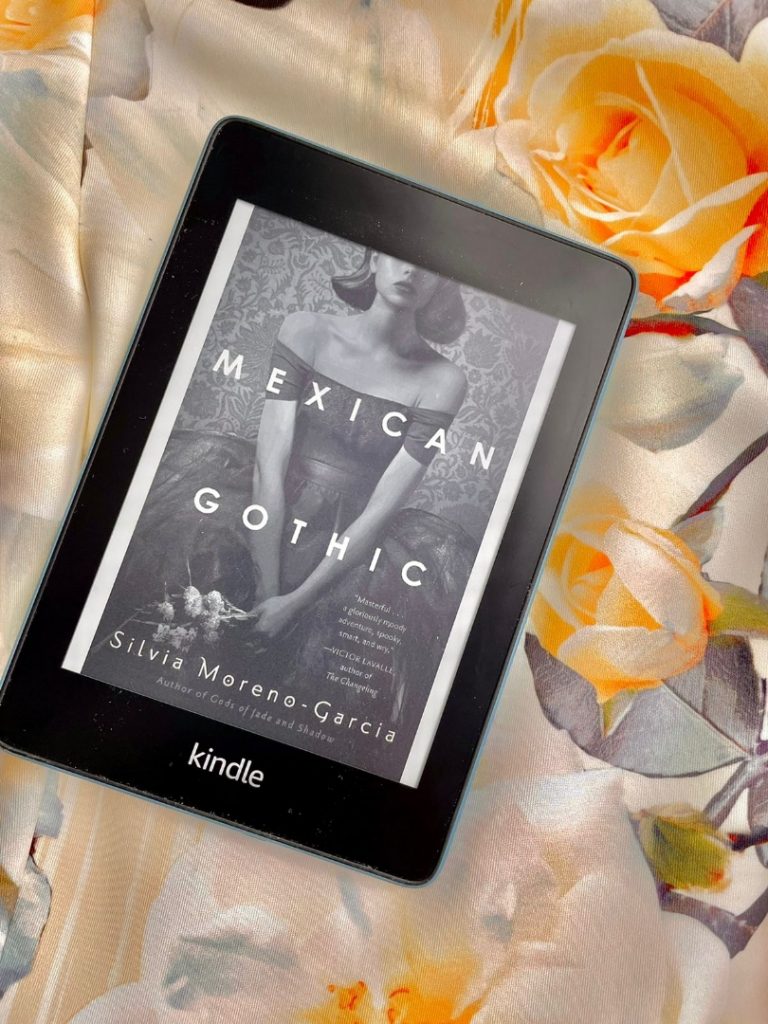
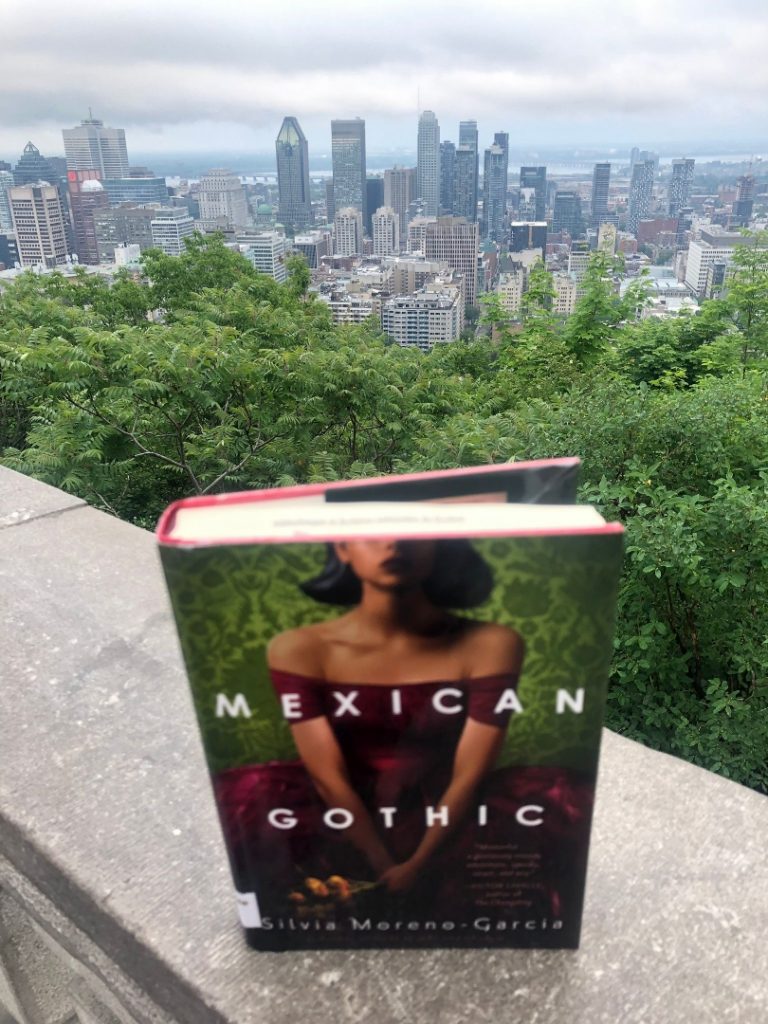
Character Analysis
Noemí Taboada
is the protagonist of the novel. She begins as a socialite who relies on her charm and beauty to get by, but she is tested at High Place, where she faces life-threatening challenges. The house and the Doyles seek to control her, stripping her of her identity and autonomy. A turning point for her comes when she is forced to use violence to survive. Her journey from seeking her father’s approval to becoming a rescuer who shapes her own destiny highlights the novel’s central feminist themes.
Key Family Members
-
Francis Doyle: The pale, ineffectual son of Florence. He is a prisoner of his family’s legacy until Noemí’s arrival pushes him to rebel. He is a reversal of the traditional Byronic hero in Gothic literature; Noemí must rescue him and guide him into the wider world, a feminist subversion of the genre.
-
Howard Doyle: The patriarch of the Doyle family, a 300-year-old being trapped in an old body. He is a static character who embodies the worst excesses of colonialism and imperialism, using racism and violence to maintain his power. His destruction by Noemí symbolizes the end of his oppressive legacy.
-
Virgil Doyle: The handsome heir who pursues Noemí. His potent sexuality and apparent sense of duty are revealed to be an effect of the gloom and a cover for his self-interest and greed. He is a predatory figure who subverts the traditional role of a Gothic love interest.
-
Catalina: Noemí’s cousin, who is initially a helpless victim of the Doyles. She is a slightly developed character who breaks free from her oppression to become an active, vengeful figure who helps Noemí in their escape.
Supporting Characters
-
Marta Duval: A healer who practices Mexican folk medicine. She serves as a key figure in the novel, warning Noemí about the spiritual corruption of the Doyles. Her wisdom, which combines traditional healing with a deep understanding of her community’s history, influences Noemí to embrace other ways of knowing beyond science and logic.
-
Ruth Doyle: A spectral female figure who resisted her family’s incestuous and murderous ways. Her violent act of killing her family members shows that even in the most oppressive situations, there is a degree of agency. Her ghost helps Noemí in her escape.
-
Florence Doyle: Howard’s grim, disapproving niece and Francis’s mother. She is a static character who fully embraces the family’s racist and sexist beliefs, serving as a foil to the women who resist the family’s oppressive system.
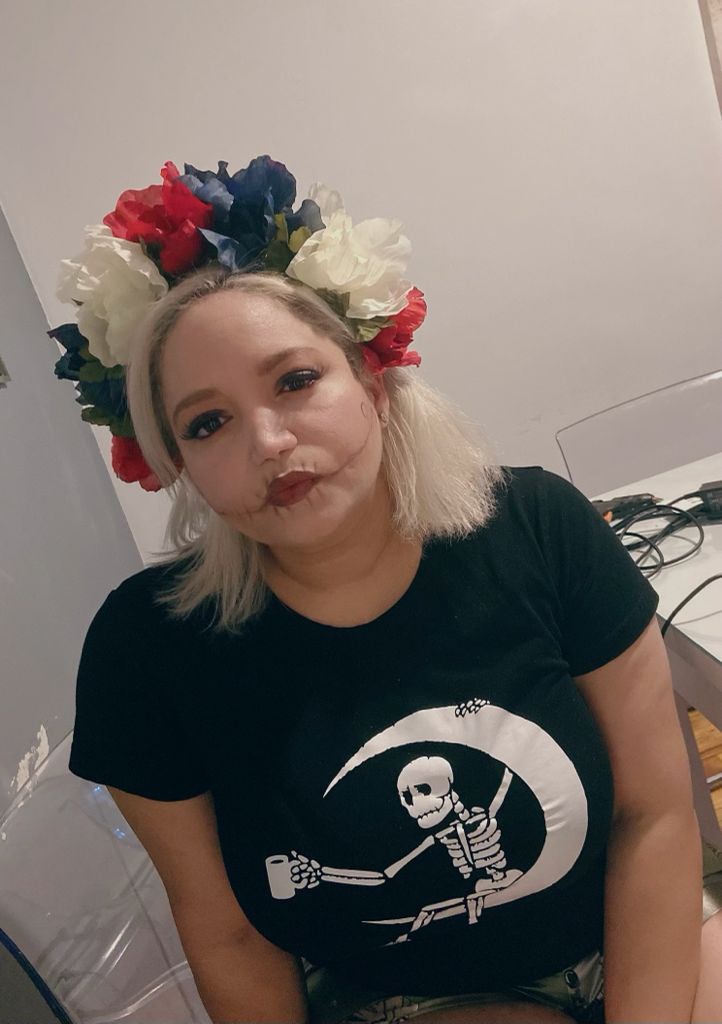


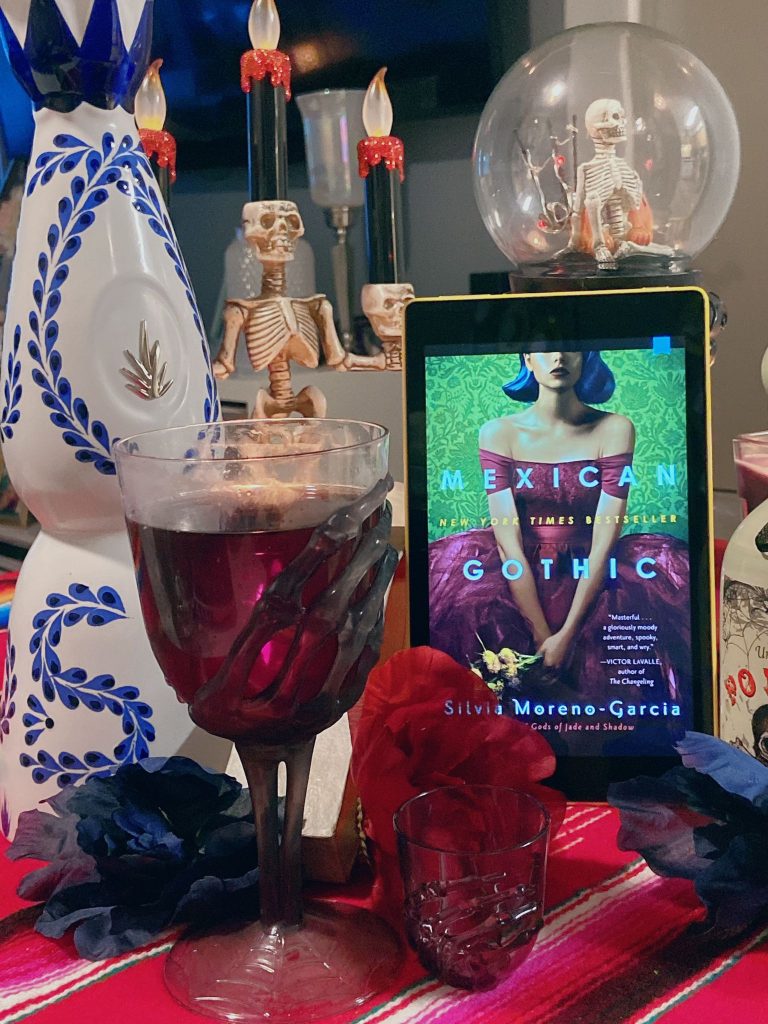
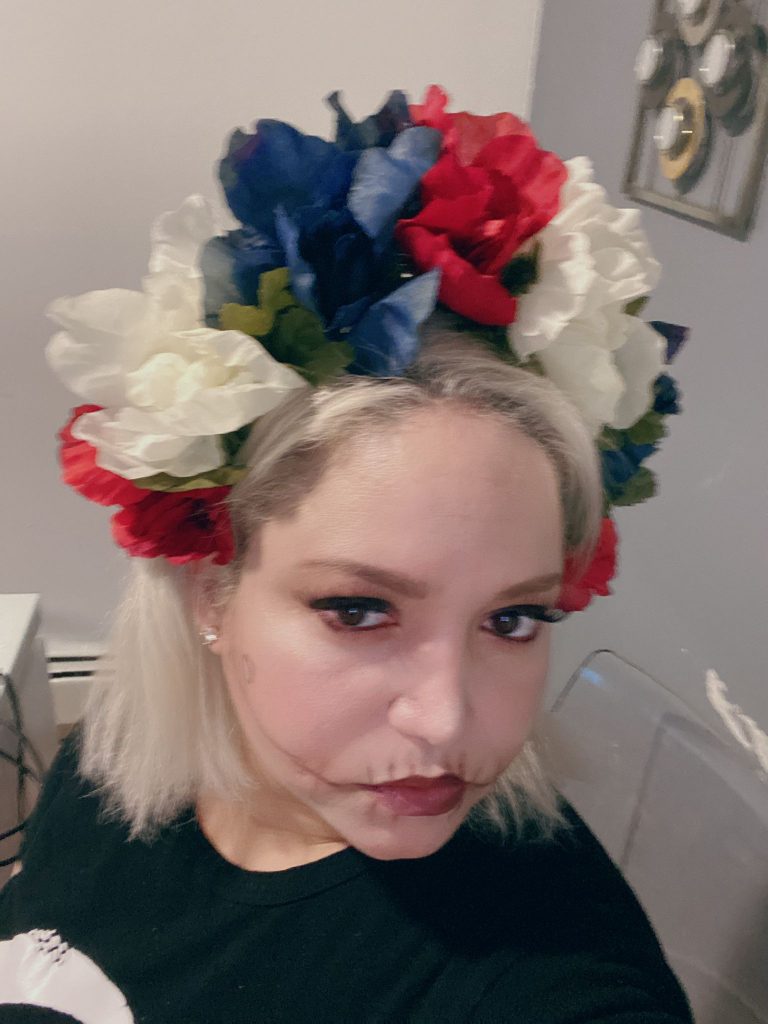
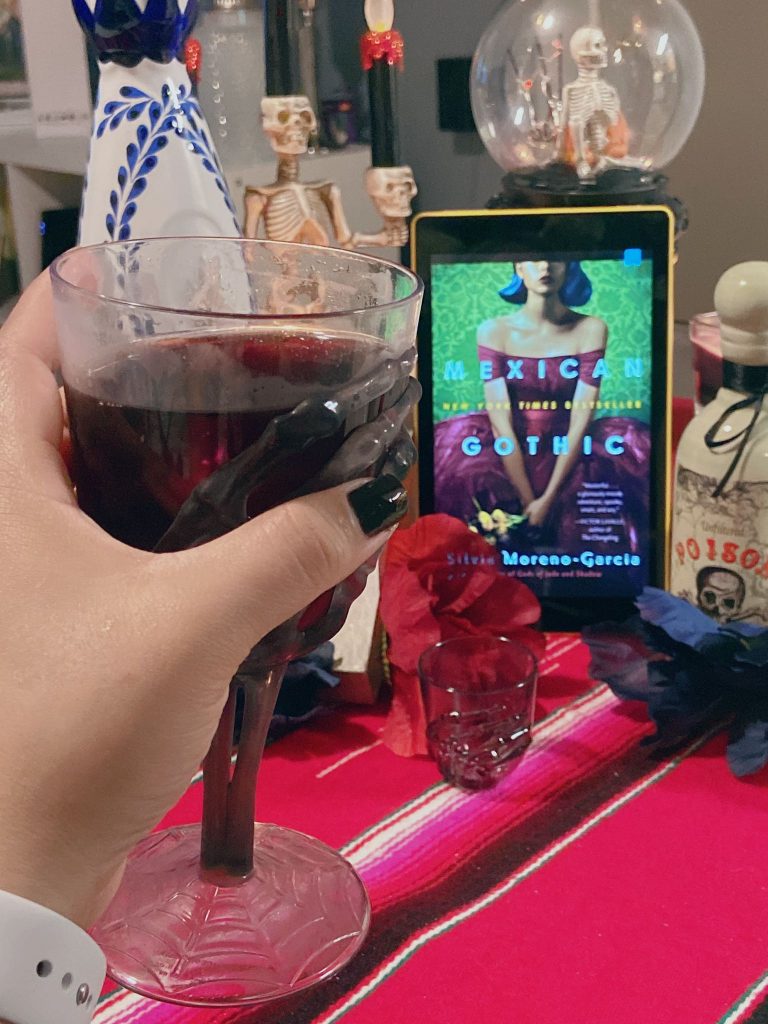
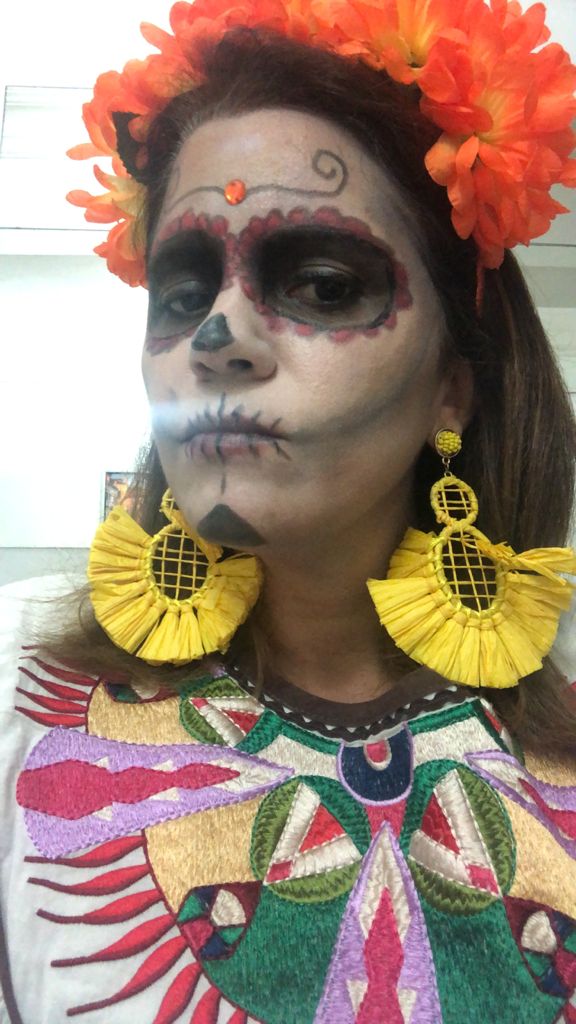
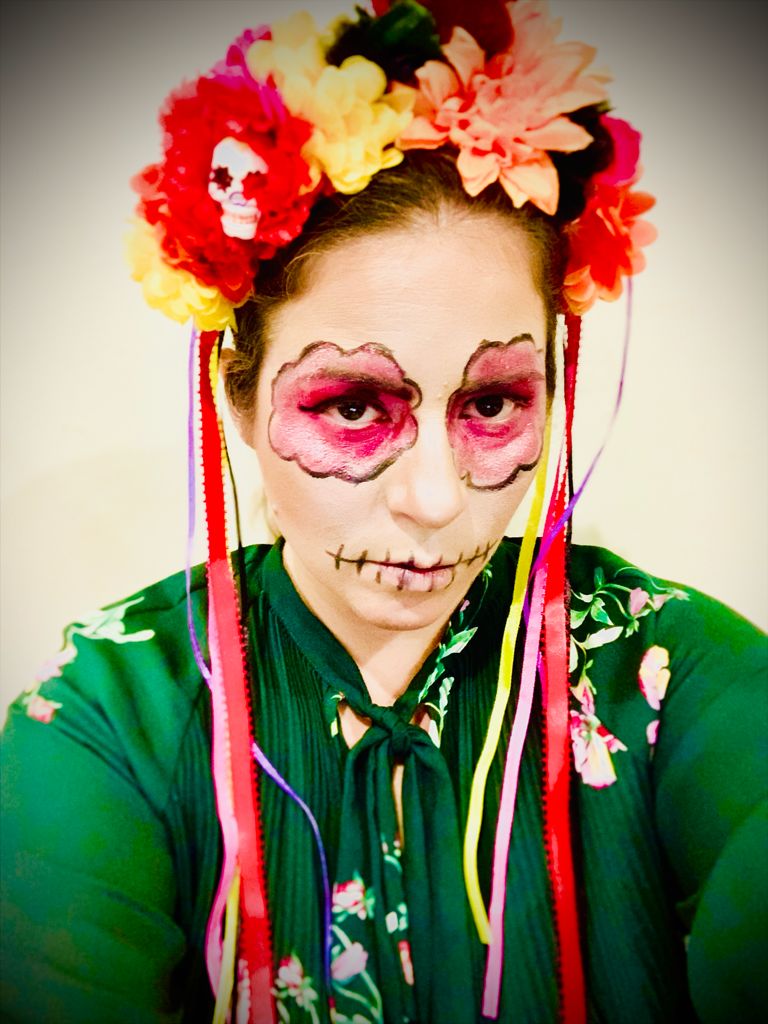
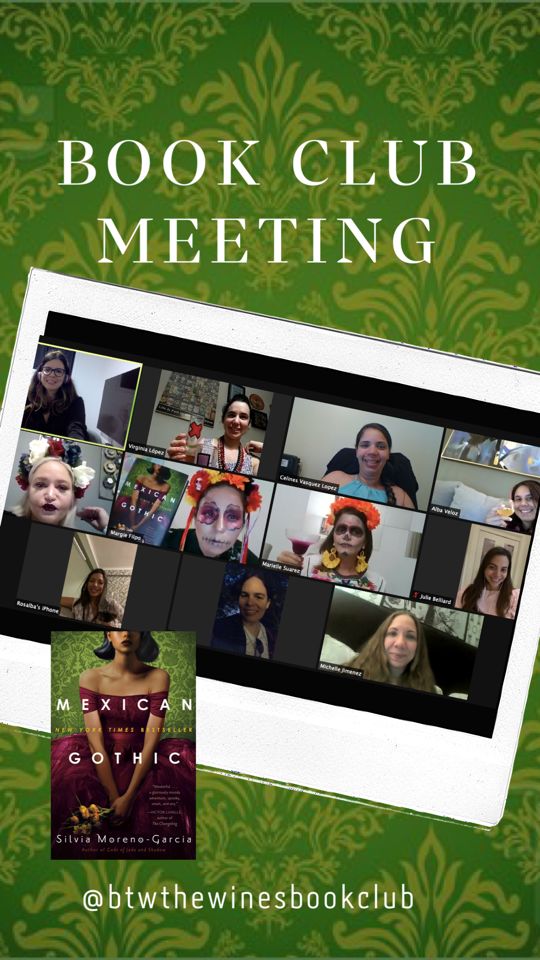
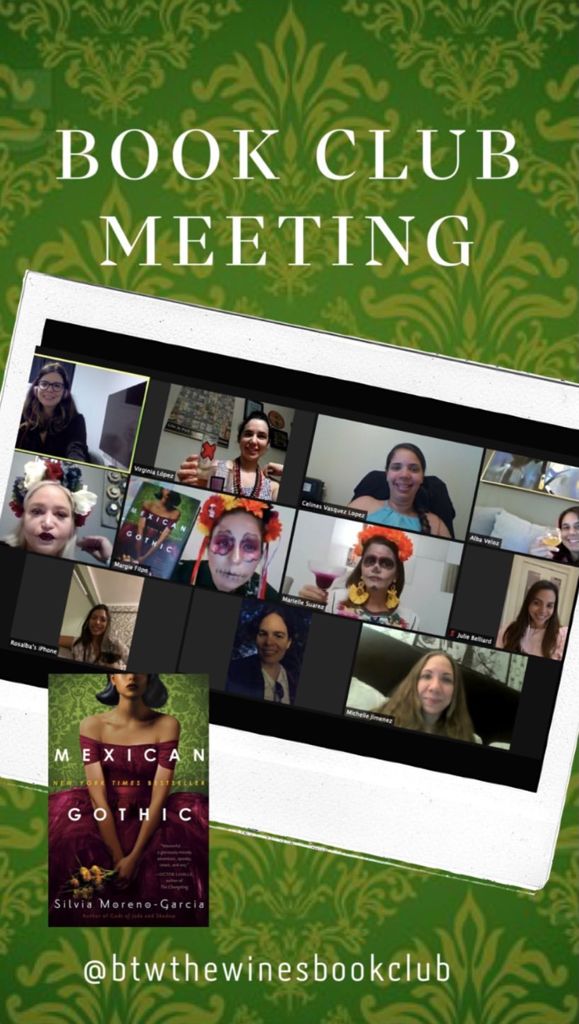
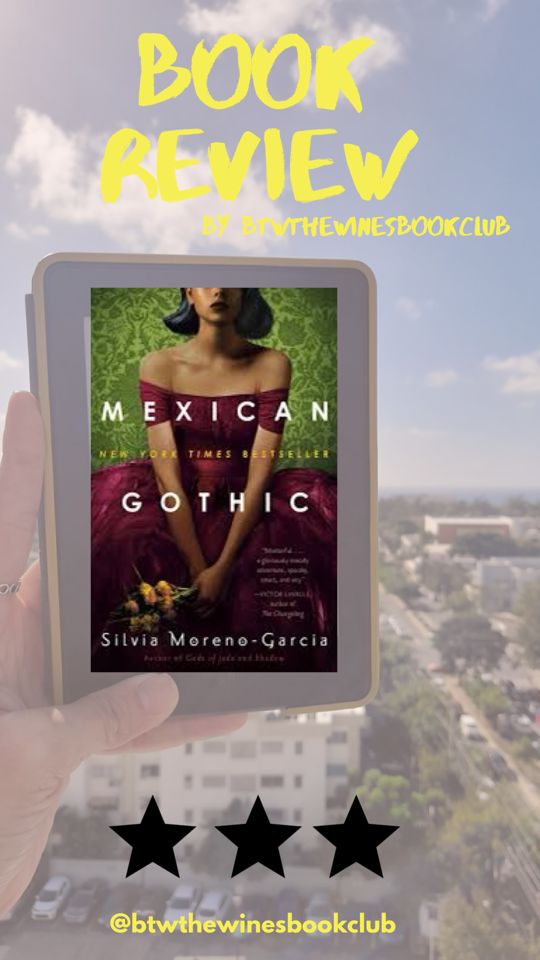
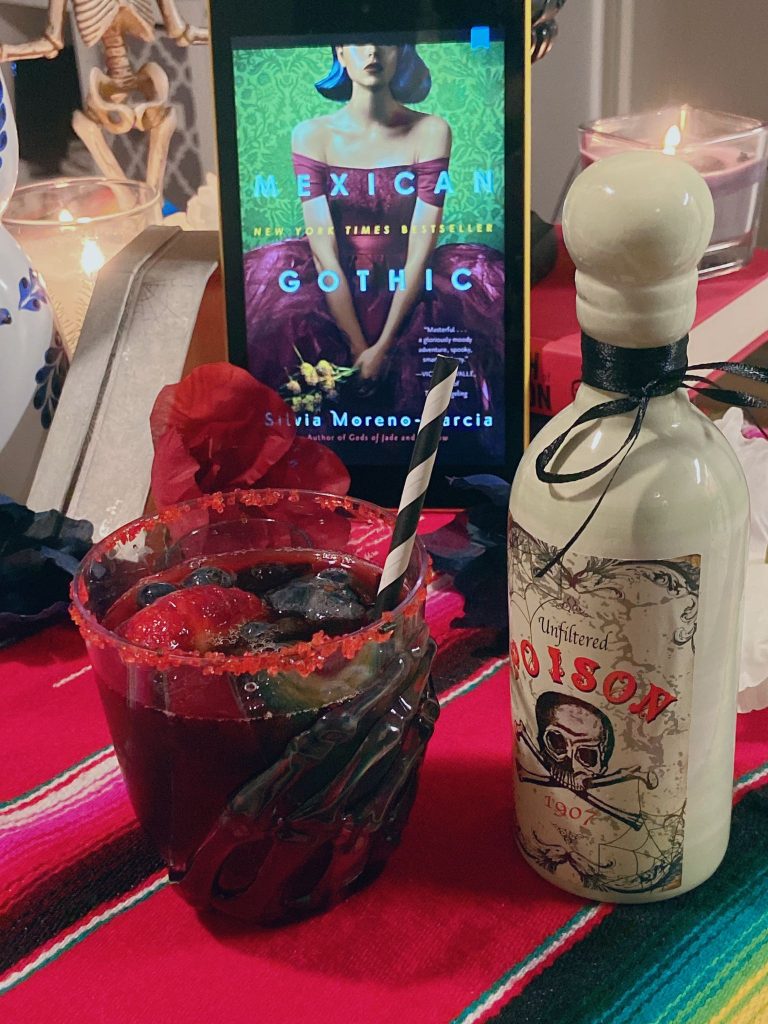
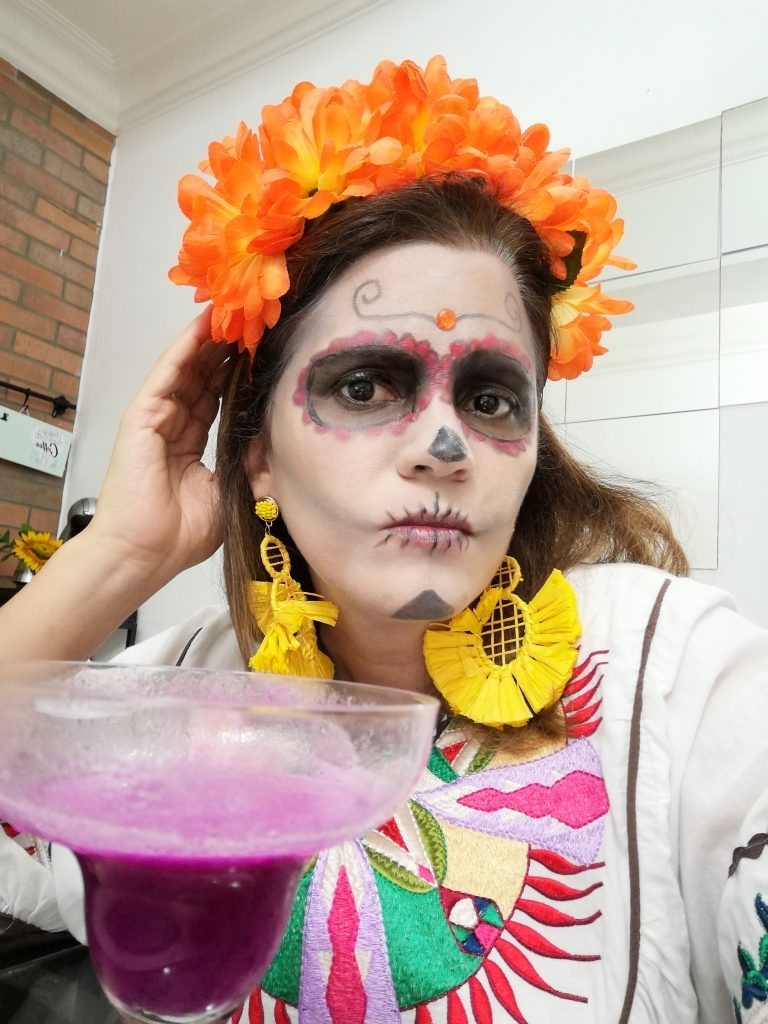
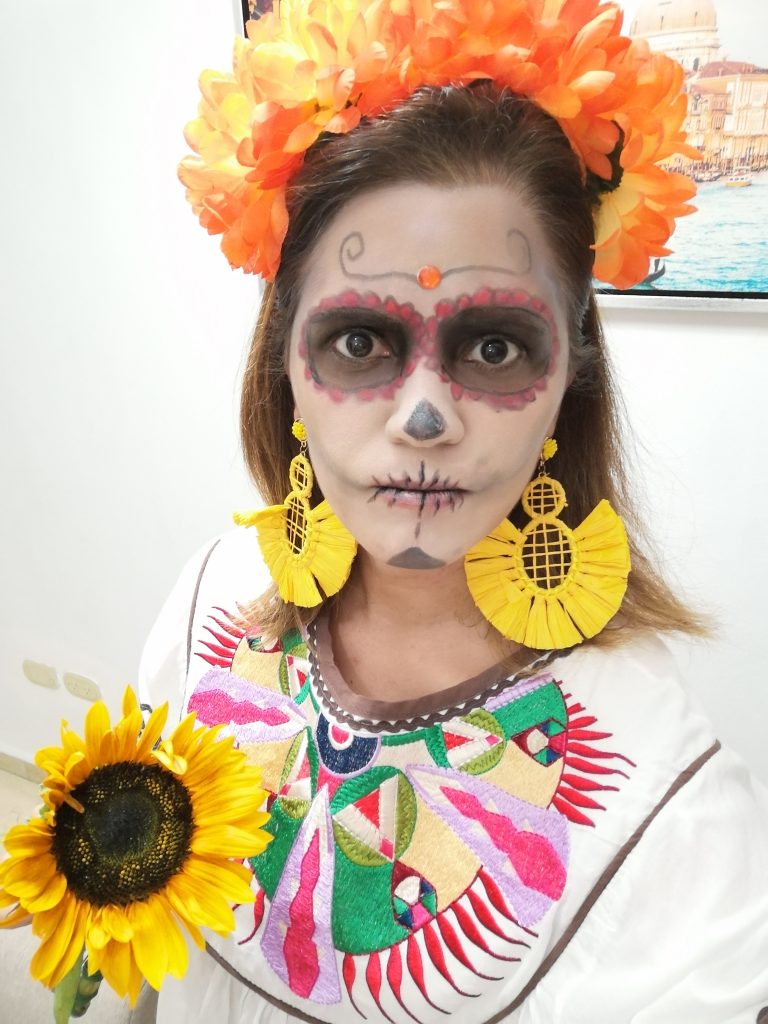
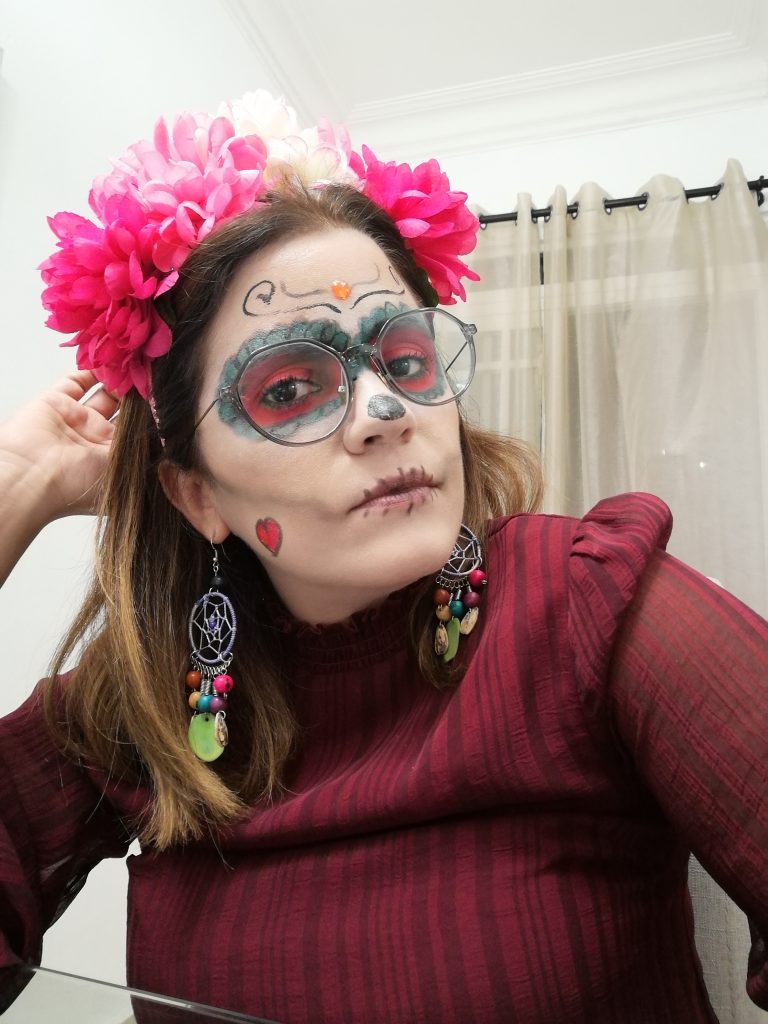
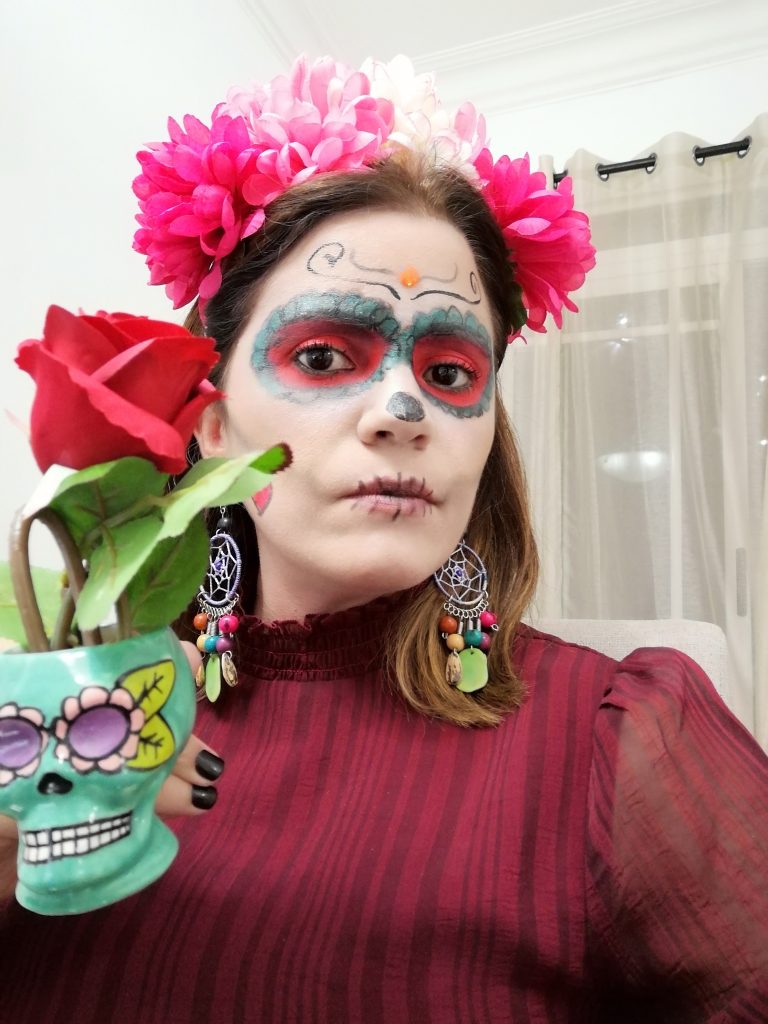
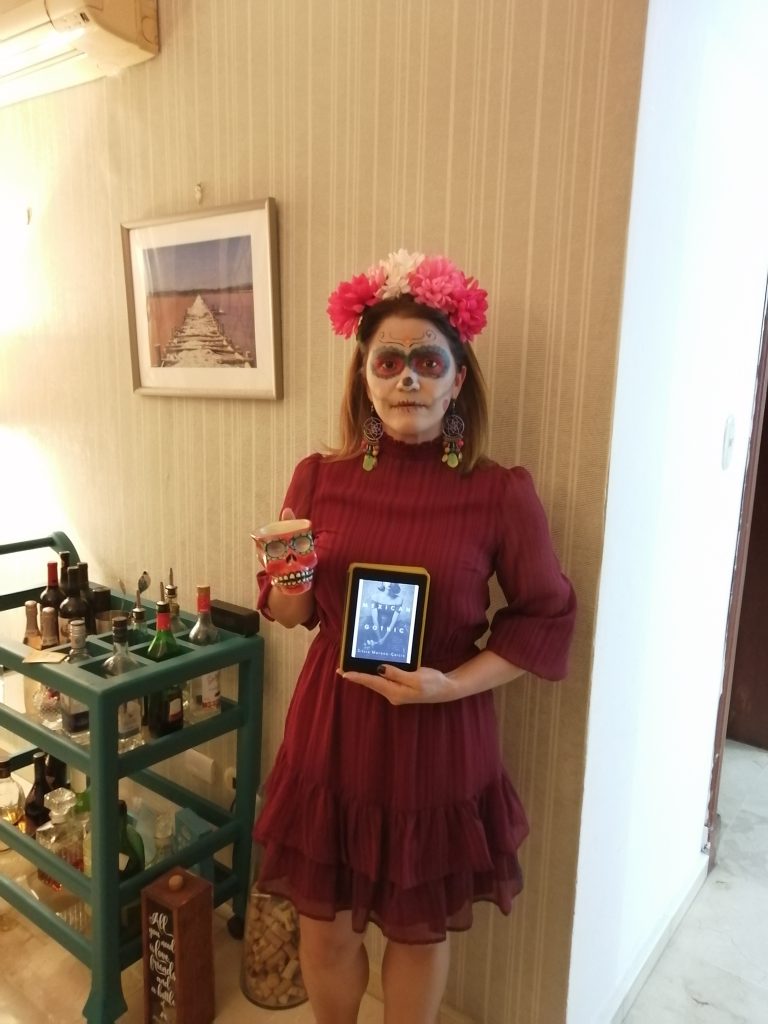
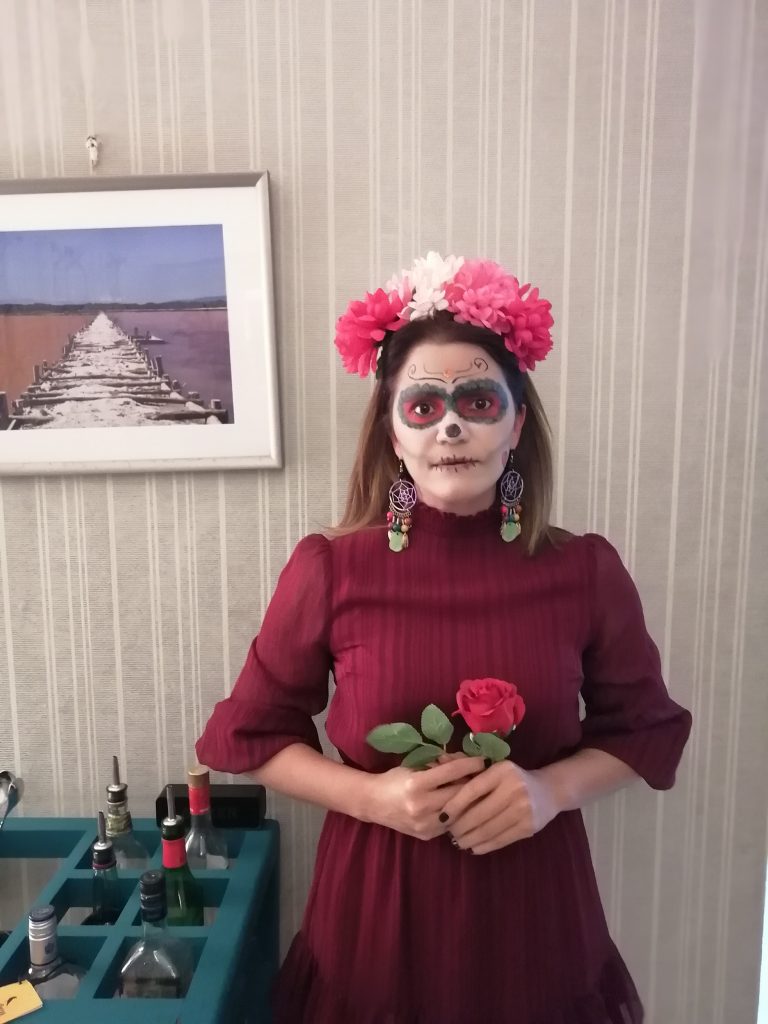
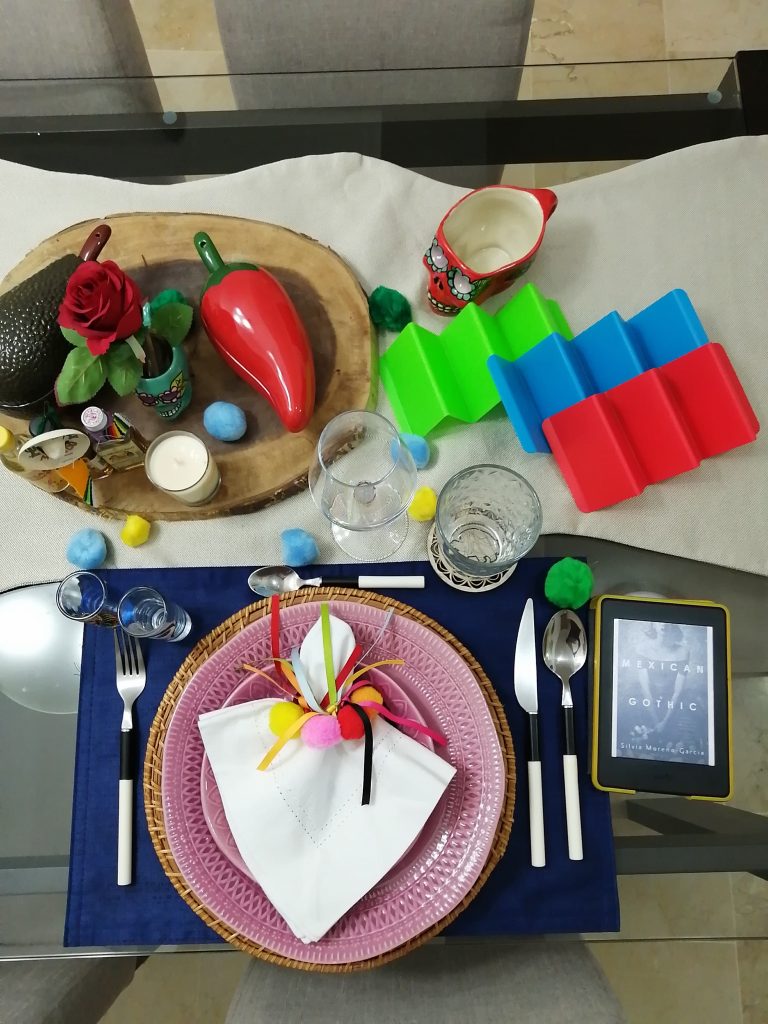
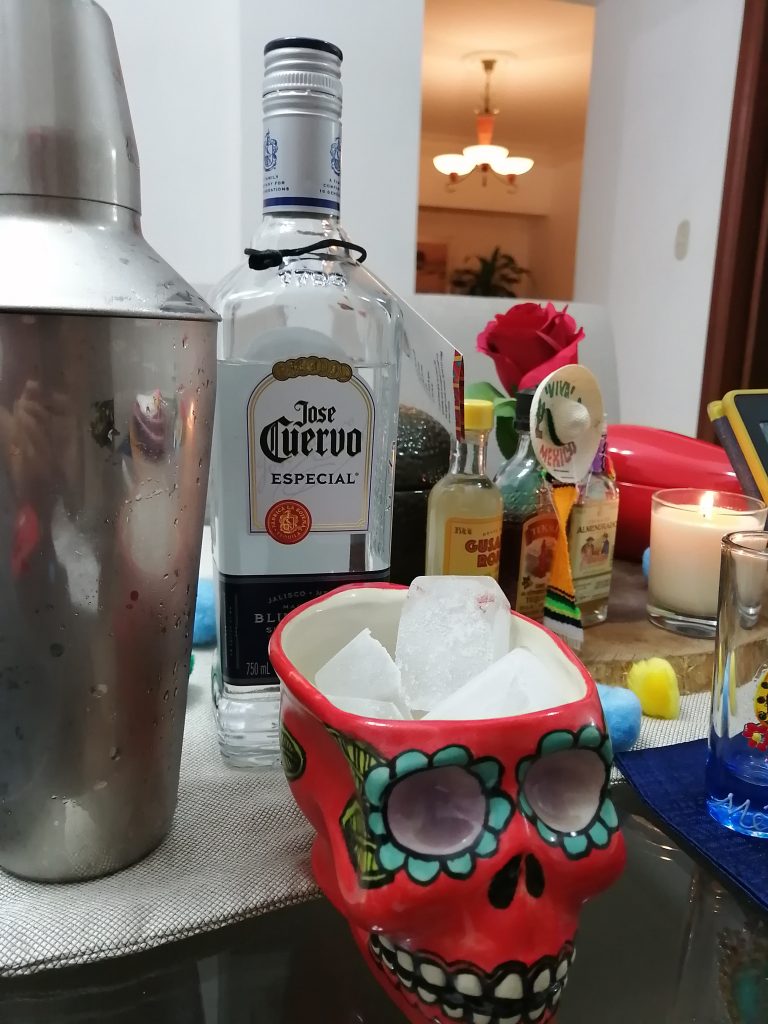
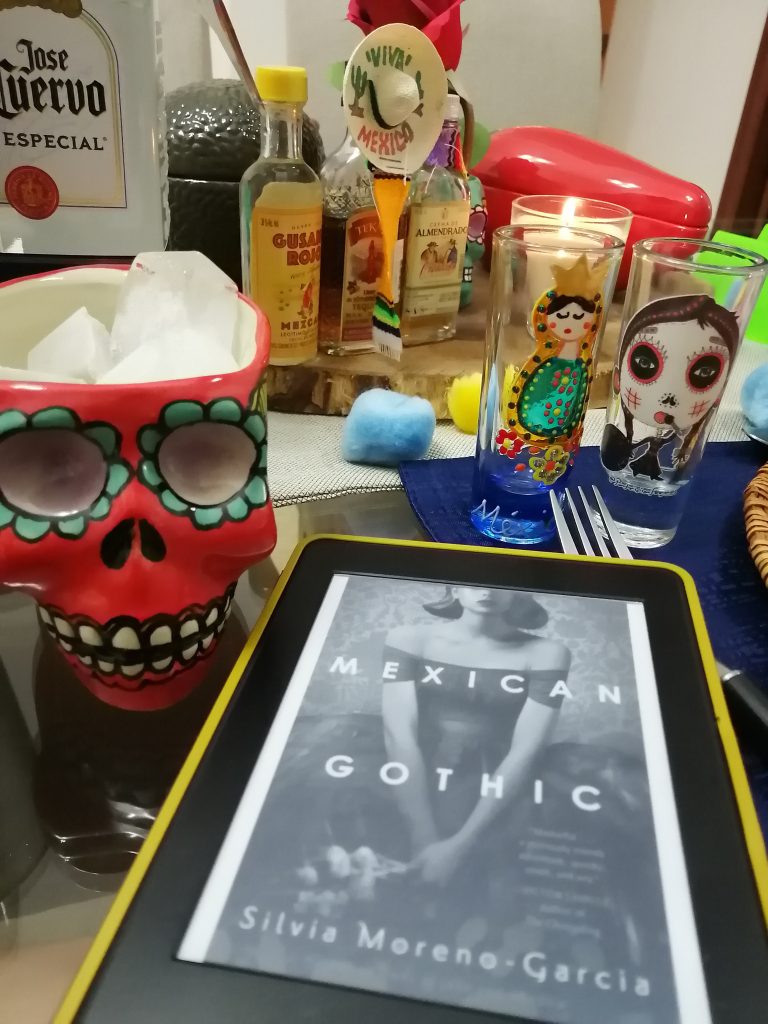
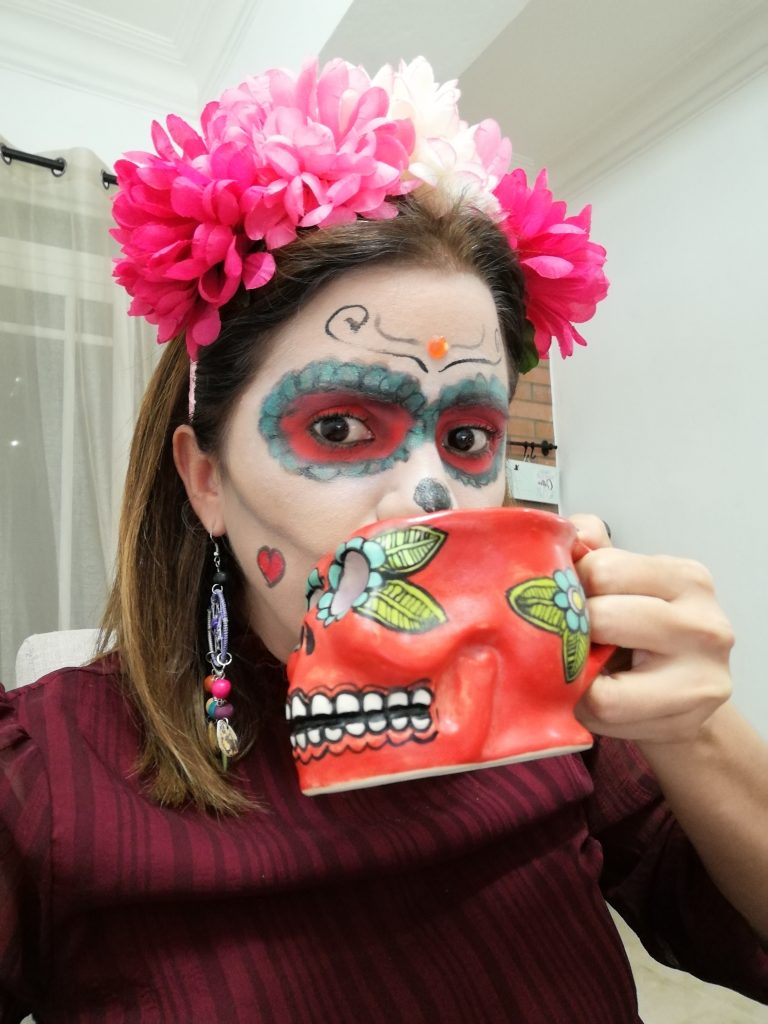
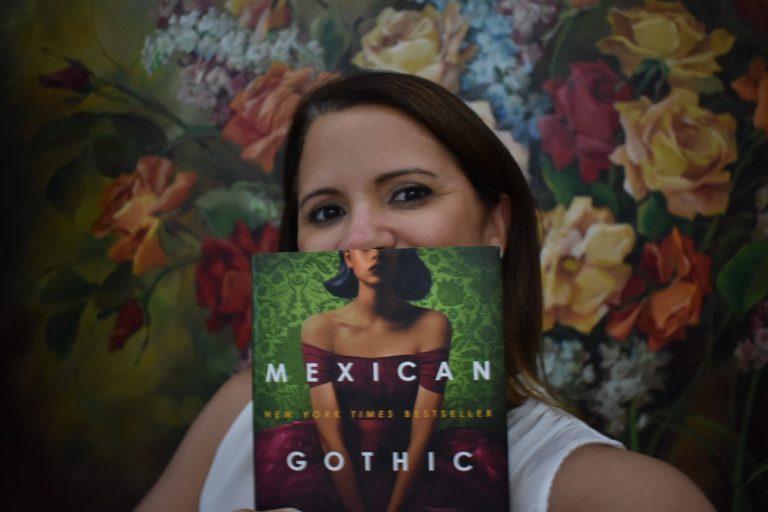
Book Club Questions
Initial Impressions
-
How does Mexican Gothic compare to other horror you’ve read in terms of suspense and how it made you feel?
-
Were you surprised by the supernatural twist at the heart of the story? Which plot points did you predict, and which ones did you not see coming?
-
If you’ve read other books by Silvia Moreno-Garcia, how does this one compare? Did it make you want to read more of her work?
Personal Reflection and Connection
-
The characters in the novel are trapped by social expectations, family duty, or even a magical symbiote. Can you relate to any of these feelings of entrapment in your own life?
-
What kind of horror in the novel was most effective for you? Was it the body horror, the mystery of the house, or something else?
-
How much did you know about the history of European colonialism in Mexico before reading this book? Do you think the novel provides a helpful view of the exploitative nature of resource industries?
-
Many of the women in the novel rebel against the men who abuse them. Did you identify with any of the female characters, and if so, in what ways?
Societal and Cultural Context
-
The novel explores the effects of imperialism and colonialism. How do issues of resource extraction and exploitation continue to be relevant in the world today?
-
Moreno-Garcia portrays different aspects of Mexican culture. Which cultural elements does the novel value and which does it question?
-
This novel is a purposefully feminist version of the Gothic horror genre. What does this subversion of classic horror tropes say about women’s roles in stories of this kind?
Literary Analysis
-
The novel connects mental illness with visions and nightmares. How do the female characters understand their own experiences, and how do others impose their own interpretations on them?
-
The novel’s male characters are either corrupt and misogynistic or ineffectual. What does it say about the aftermath of colonialism that these are the only types of men portrayed?
-
How does the novel modernize the Gothic genre by making classic conventions—like the crumbling mansion and the threat of sexual violence—more literal and graphic?
-
The book alludes to other works like Jane Eyre and The Yellow Wallpaper. What do these references add to the story?
-
What does the symbol of the ouroboros mean to the characters, and why does it become the crest of the Doyle family?
Creative Engagement
-
How do you imagine High Place looks? What kind of architecture would best fit this decrepit mansion?
-
What kind of soundtrack would you choose for a film adaptation of this novel?
-
How else could the novel have ended?

The London Séance Society

The Cuban Heiress
You May Also Like
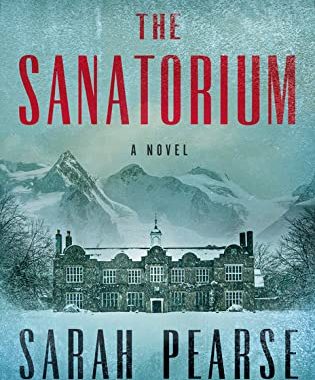
The Sanatorium by Sarah Pearse
August 31, 2025
End of Story
June 19, 2024
